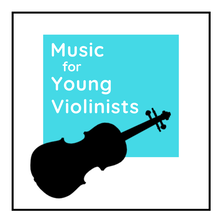|
Download 2, PDF printable charts on the FREEBIES page (click here) to learn music theory intervals. The rainbow-colored interval chart lists the names of the intervals and makes a great studio poster. The black and white chart is unlabeled and perfect for printing out for students to have them write in the names of the intervals. These two charts are also included in the 5 Progressive Double-Stop Études for Violin, composed by Heather Figi, available here at the Music for Young Violinists store as an instant download.
Click HERE to learn more about this resource.
0 Comments
In the arena of heated conversations among string teachers, the subject of finger #s (i.e., 1, 2, 3) versus pitches (B, C#, D) is a hot topic. I was surprised to read the comments on the blog post Best Way to Learn Violin Notes? and did not expect the consistency of responses. My favorite part was learning how the different countries approach this. Click HERE to read what others are saying about finger #'s vs. pitches. The pros of using finger numbers are that they are simple and clear. They also can segue nicely into using finger patterns. I am a proponent of teaching finger patterns even if using pitches over finger #s is the preference since they help train the whole and half steps while strengthening the mind-body circuitry. Since the finger patterns correlate nicely with the tapes on the violin fingerboard, it is easy to integrate them into the curriculum, especially at a beginning level. Another pro of using #'s is to benefit students with special learning needs. These students (i.e., dyslexic, or right-brain dominant learners), have minds that best connect with a # over a letter. The pros of using the letter name of the note segue into a broader understanding of key signatures. This leads to understanding music theory, and ultimately teaches the universal language of music. I spent most of my teaching career using finger #s and have to wonder: Was my reluctance to embrace using pitch names a reflection of my struggles with music theory? I digress but bring this up since many of us had either very limited or unsuccessful music theory training. It was not until I was age 25 and did teacher training and teaching using the Music Mind Games music theory curriculum that I began to understand music theory. I recently discovered the Fantastic Finger Guides. I think they are fantastic- they offer a quick and economical solution to accurate finger placement and immediately help to code the language of music theory into the beginning level violinist. In 8 seconds, I applied the Fantastic Finger Guide. It went on smoothly and would be doable for students to apply independently. Now, a clear map of pitches appears on my fingerboard as well as easy to see finger numbers identified on the side of the neck (perfect to see from "rest position"). The product comes on a beginning version (with less information as not to overwhelm the beginning student) and an advanced version that includes more pitches and a quick visual guide for how sharps and flats work. Receive 10% off the Fantastic Finger Guides thru July 31, 2020 with coupon code MFYV2020.
Click HERE to learn more and order the Fantastic Finger Guides. Giveaway Contest - Win the Fantastic Finger Guides!!! Entering is easy, scroll down to learn how. After almost a decade of teaching, Toby Weston, educator & creator of the Fantastic Finger Guides asked himself: Why do we use finger tapes when first learning to play string instruments such as the violin, viola, or cello? Is there a better way than finger tapes to get our beginners playing correctly with musical confidence? Learn more about why using pitches instead of finger numbers is empowering to the learning process below by guest blog post author Toby Weston. 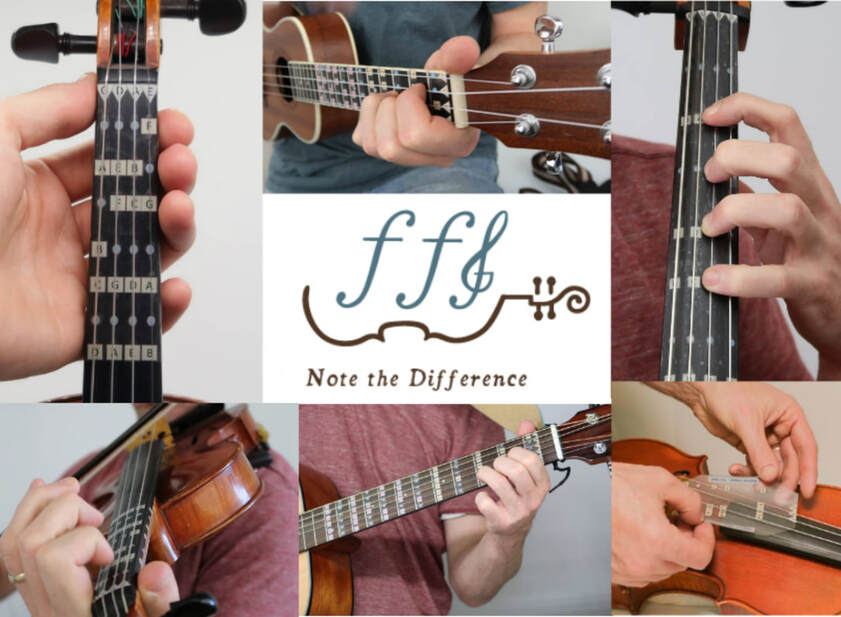 I have learned from teaching middle school music for the past 12 years that the best way to improve student learning is to improve the teaching system. I wondered if there was a better way to teach than with finger tapes because finger tapes don't provide sufficient musical information to help the student grow musically smarter and they are a very abstract teaching tool. I was concerned that by using finger tapes, my students were labeling the sound only by its physical location and not coding the actual musical language. At one point I used different color tapes for different locations: 1st finger was red, 2nd finger was white, and the 3rd finger was blue. After a year of playing, most students using this system will code the location as 1st finger on the red tape on the A string, but not code the letter name nor musical language. By the time these students reached the 7th grade, many had deficiencies in understanding their fingerboard in terms of a musical alphabet. After years of using finger tapes I had a breakthrough in the Fall of 2017: Why don't we just put the letter names on the instrument? This way the student has the information needed to move forward in the music. When a student practices on their own they build correct muscle memory for spacing and also musical alphabet memory. This leads to gaining confidence in their playing without their teacher present. The student can code the music alphabet as their primary thinking versus finger tapes that are too abstract and don't provide any musical information. I ended up creating the Fantastic Finger Guides to solve this problem for my students. I created the D Major Beginner Guide for my first-year students and the All Notes guide for my second-year students. When students are beginning to learn the violin, less is better thus the rationale for a more simplified finger guide. Receive 10% off the Fantastic Finger Guides thru July 31, 2020 with coupon code MFYV2020. Click HERE to order the Fantastic Finger Guides. How To Enter the Fantastic Finger Guide Giveaway Contest:
Through Limitation Comes Innovation At the end of February 2020, I hired someone to help me with my website and they suggested using Zoom as a way to discuss plans. I had never even heard of this thing called Zoom. Fast-forward to June 2020 and I now use Zoom 7x a week to take classes, teach violin and capoeira, and attend meetings. Scroll down to learn the top 5 benefits & 3 downsides of Zoom violin lessons. Like all of you, I have experienced many changes in the trajectory of my teaching due to the COVID-19 pandemic. I always prefer meeting face-to-face with my students, but, acknowledge that there have been many benefits that have come from this period and using Zoom (or other online video communications) to keep music lessons active. 1- Gaining fluency and skills with new options for teaching and learning. My first Zoom violin lesson was a bit of a disaster. I was late for my student due to not understanding how to properly share and access the link, I did not know how to use the features so there was no audio for the first 5 minutes and the camera angles and lighting were, well... let us just say that this too had room for improvement. It was distracting and clunky for both me and my student. I know now how to set-up a recurring session, place the camera, adjust the lights, and easily adjust the audio and camera in a matter of seconds. I learned a new skill and this will open future options for connecting and has expanded my concept for how I can teach. The options are endless and I now know that if a student or myself ever has a situation where we can not meet in person we can continue our work and fulfill our vision. 2- Insight into a student's environment. Does your student hold their violin too far down? Did you see on the Zoom lesson that their music stand is not properly elevated to facilitate proper posture? Does your student suffer from distractions? Can you recommend a more ideal place in their home for learning based on what you observe in their environment? Did you discover that they have a piano you never knew about and now you can integrate this into their curriculum? The piano keyboard is the best way to solidify music theory concepts, how exciting! We must remember that we only see our students for 30-60 minutes every week and the rest of their learning takes place in their home. Gaining insight into the student's home learning environment can solve mysteries (such as the posture circumstance listed above) and help you make suggestions to better a student's core learning environment. 3- Creativity: Through limitation comes innovation. I work with an older brother and younger sister. The older brother was starting to refine his vibrato and the younger sister was just beginning to learn vibrato. To be honest, this has been very difficult for me to concentrate on through a screen and make any real progress in a positive direction. However, what the screen is fantastic for are all of the visual components of violin playing:
I have always said that the reason it is so easy for me to teach the violin is that I get to see everything so clearly. Video lessons helped to spotlight this factor and I made use of this in my curriculum. This also correlates with the 4th benefit of Zoom lessons listed next. 4- Instant Videos: Zoom has built-in video features. My students video record their Zoom lessons and then review the video to understand their assignments and in the process, observe their performance. Viewing oneself play the violin is one of the best ways to improve. Students should be doing this regularly but as teachers, we get busy and do not always uphold this expectation. Also, this convenience relieves the student (or parent of the student) from taking notes during the lesson. 5- Prioritizing health in our modern society. Foremost, the use of Zoom lessons helps us prevent spreading the COVID-19 virus. There remains much to learn about this virus and it appears one can transmit without having symptoms. If this is accurate, then we have a responsibility as instructors to continue being prudent in our actions so we do not pass this along to our students, many of whom are children and may not have developed a robust immune system yet. Secondly, without spending so much time driving and in activities, most of us (teachers and students) are receiving a well-needed rest. Our bodies need this extra time to repair and stay healthy. I hope that we are all cognizant that health is one of our highest values and this experience will forge in us a commitment to take better care of ourselves in the years to come. Connecting with this value is a blessing that will serve us thruout the rest of our lives and something to be grateful for. While it can be healthy to seek the positive in any situation, the 5 benefits of Zoom violin listed above do not paint the full picture of Zoom lessons. Below are listed some of the downsides of using this way of teaching. 1- Compromised Tone - Shinichi Suzuki said, "tone is the living soul." The limitations of the microphones and speakers in the computers we use to do Zoom lessons remove this life-infused quality of beautiful violin tone and frankly put, it's painful to listen to at times. On a basic computer, everything above a certain range or volume entirely cuts out and all violin sounds are compressed. Having a microphone or specialized headphones can help but nothing will ever compare to the beauty of live violin tone. 2- Environmental Diversions - It's distracting being in my dining room teaching because our homes have so many triggers, the learning environment does not lend itself to dedicated focus like a teaching studio does. 3- Increased Screen Time - We already are on our screens too much and now Zoom lessons add to this burden. According to the Mayo Clinic, the average time we spend on screens is 7-10 hours a day. This is in sharp contrast to the recommendations of acceptable screen time:
We love the violin because it's slow and it connects us to a time period where things were slow. The instant gratification offered by my screens dulls our dopamine receptors and may affect the way mitochondria operate within cells. Educate yourself further about the negative impacts of too much screen time here. What have you learned from using video communications for the violin?
Please share in the comments below. Thank you! If you are ready to grow your studio and deepen your impact in your community then I would like to introduce to you Bree Lewis. 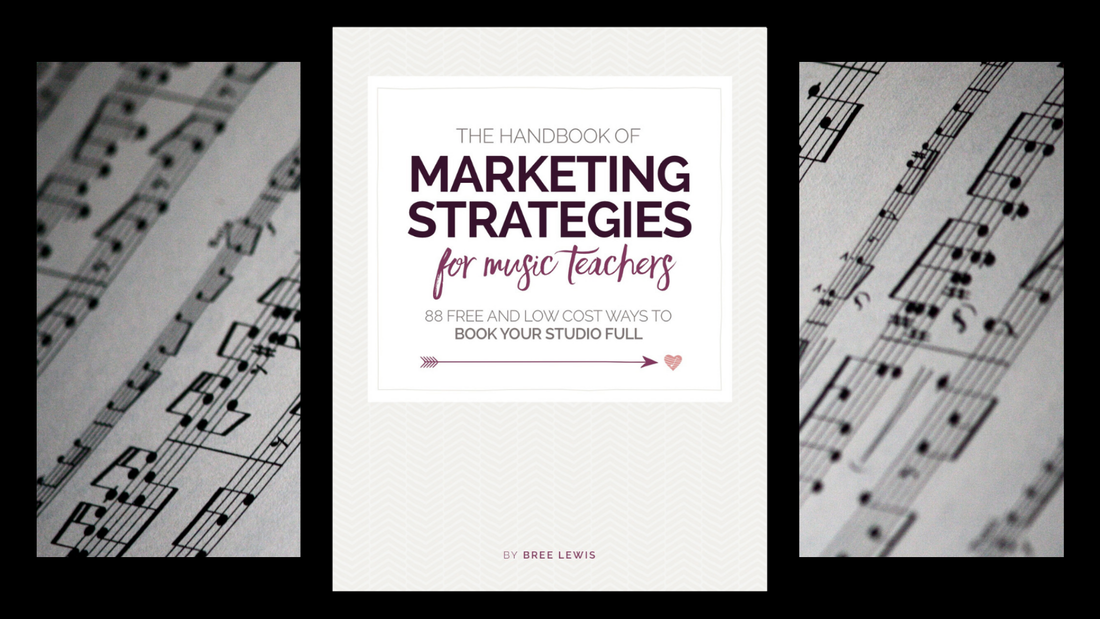 As the wife of a military husband that requires frequent moves, Bree has had incredible success quickly building teaching studios in many parts of the country. She built her studio in Hawaii to over 70 students and recently filled her teaching studio in California in just two weeks. Through her direct experience and belief in the power of music education, Bree created this handbook to share with other music teachers how to streamline the process of building a studio and offer successful strategies for the unique challenges of owning and running a music studio. I consider this such an incredible feat since it took me years to fill my studio when I moved to Oregon. I know of no other teacher having this amount of consistent success building new studios so frequently and feel very grateful that Bree took the effort to collect her studio building strategies into a handbook titled: This downloadable book does exactly what the title says. I was surprised at how available some of the strategies she uses are and think you will also find many solutions for how to grow your studio this school year. Who is The Handbook of Marketing Strategies for Music Teachers for? THE NEW & YOUNG TEACHER: You have played the violin for 20 years and are so passionate about the power a music education holds to positively change young lives that you enroll in teacher training and are bursting with enthusiasm to offer the world your teaching gifts. Now what? This book will give you a step by step guide to help you make your dreams come true of beginning your own violin studio and having immediate successes without having to learn things the hard way. I wish I had something like this when I was first starting out. A PROGRAM DIRECTOR: I spent several years directing an established Suzuki Violin program at a prestigious music school in Washington DC and two summers directing a summer institute. In both circumstances, I remember that I always felt like I was re-inventing the wheel when I was asked to think of development and recruitment ideas. Bree’s handbook takes the guesswork out of growing a program and offers a clear strategy for where and how to look for new and ideal students. THE FULL STUDIO TEACHER: This book is for teachers like myself who are already full. I turn away families on a regular basis but I know from experience that I always need to stay one step ahead and be ready for sudden changes in the economy or other unforeseen events. THE TEACHER WHO WANTS MORE ONLINE PRESENCE: If you feel overwhelmed or daunted about developing your online presence fear no more. Bree’s book walks you thru all of the resources that are available to music teachers to support our unique line of work. As the title states, she shares with the reader free and low-cost strategies so there is no need to worry about large financial investments with her suggestions. In conclusion, I have a sincere desire to see my colleagues thrive as professionals who are contributing to vibrant and educated communities. Too often we as music teachers do not receive the same advanced training in running a small business as we do in the art of playing the violin. Since I am passionate about your success, I have also created a resource in an attempt to help close this gap. In my handbook titled 7 Steps to Attract More Students & Grow Your Violin (What I Wish I Knew Before Starting My Studio 10 Years Ago), I share with you everything I learned the hard way when building a studio so that you can have a more streamlined experience offering your talents to the world. Please click on the image below to learn more. The content in 7 Steps to Attract More Students & Grow Your Violin (What I Wish I Knew Before Starting My Studio 10 Years Ago) is also available in an accompanying YouTube video playlist. Do you have an idea to help other teachers attract more students? Please leave it in the comments below, thanks! Learn How To Do Vibrato On The Violin With a New & Ergonomic Approach To Teaching Violinists Vibrato Using "Cello Position" As a teacher, the hardest thing for me to dissect for my students was vibrato (raise your hand if you can relate). After 15 years of teaching, I finally figured out an ergonomic and effective protocol to unlock the mystery of learning vibrato on the violin. The keys to establishing proper vibrato technique lie in understanding what makes it hard in the first place:
Once we take out these 2 elements, vibrato is clear to understand and easy to learn. Watch the video below for a demonstration, a teaching sequence for younger players and tips for practicing. This how-to learn vibrato on the violin video is for:
Please visit the FREEBIES page for more resources to support left-hand technique: Do you have a tip to help learn vibrato?
We would love to learn from you, please share in the comments below. How can I help you? What is on your musical wish list? What would make you excited to open your violin case, rosin your bow, and play music? I have some extra time in my life and nothing makes me happier than making music. Your ideas are fuel for future resources. When the One Octave Scales and Arpeggios for Violin was announced, many of you emailed asking for an alto clef version of it. In about a week, this new resource was created and now musicians from the USA, Canada, Australia, Netherlands, and for the first time, Portugal have this new sheet music. That's pretty darn exciting! Please share your feedback for what you would like to see offered next in the comments below. If I choose your suggestion, I will gift you a free copy of the new resource. 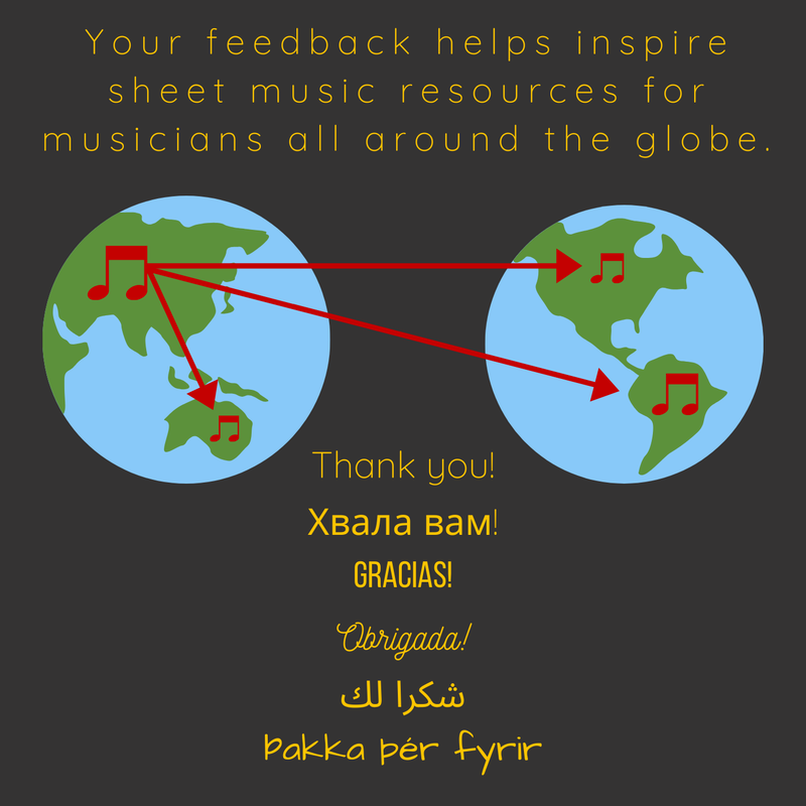 Should students be able to play better than their teachers? This is a lofty goal, but a fun challenge that propels me forward and is the impetus of the newest resource from Music for Young Violinists: One Octave Scales and Arpeggios It all started when I was 13 years old & my teacher said to me "if I am doing my job right, you should be able to play better than I did at your age." I was stunned because it never occurs to you to advance higher than your teacher. Years later when I started teaching, I took this concept to heart and was determined to advance my students in a more streamlined way than I learned. I view this as a part of the continuum of humanity. As we discover how the brain works and how myelin is developed, then theoretically, we should be able to produce better students than ourselves. That is why I created the One Octave Scales and Arpeggios resource for beginning-intermediate level students. I found my students learning Bach & Vivaldi concertos (Suzuki Book 4 level) and ready for a full, 3-octave scale system to add to their curriculum. However, in my experience even if a student was learning repertoire at this level, their ear had not yet been trained to hear the arpeggio progression so they would struggle with both the learning of correct notes and the advanced shifting required in the upper octaves. There had to be a better way to teach this and this is what led to the creation of the One Octave Scale and Arpeggios resource. This resource helps build a solid foundation by concentrating on the first octave of the arpeggio progressions so the student can master the aural template and basic finger patterns before embarking on more advanced octave/shifting work. One Octave Scales and Arpeggios for Violin is a 31 page eBook designed to give beginning-intermediate level violin players a solid foundation in both scales and arpeggios. Features include:
A peak behind the scenes of the latest M4YV collection: With so many resources on the world wide web, it's hard to know where to start. Below is a list of my 5 favorite free violin sheet music websites (+ a bonus). 1- Violin Sheet Music: Why I Like? This website has it all (and lots of it). Peruse the wide variety of classical, celtic, children's and more. Also, many downloads have both the violin and piano part. 2 - Violin Online: Why I Like? They have simplified versions of Vivaldi's Four Seasons for 2 violins. Start playing Vivaldi's Spring today in the key of D major and work up to playing in E major (see #3 for accessing this). 3 - Mutopia: Why I Like? The Mutopia Project touts 2,124 pieces of music that are "free to download, modify, print, copy, distribute, perform, and record – all in the Public Domain or under Creative Commons licenses, in PDF, MIDI, and editable LilyPond file formats" I started using this site because it has all 4 of Vivaldi's Four Seasons (both parts and scores). 4- The Violin Case: Why I Like? One and two octave major and minor scale sheets that are easy to read and include broken thirds. 5- Capotasto Music: Why I Like? A neat variety of sheet music that is professionally formatted in an easy to read size and with violin specific key signatures. I bring this up since many free sheet music sites do not have quality formatting or offer pieces with 5 flats in the key signature which is less than ideal for string players. Bonus - Did you know that the Music for Young Violinists project also has free sheet music? I would love to share my ever-growing FREEBIES page with you (107 free downloads to date) and share a free Welcome Packet with you.
Why I Like? The M4YV page includes not just violin sheet music but helpful things to support the music process like practice charts, flash cards, learning resources, motivational quotes and fun things like violin coloring sheets. Learn 4 ways to keep you and your students healthy. Includes a hand washing video tutorial by a registered nurse and a free download. I have heard the statement below from several parents in my studio over the years. While I understand this sentiment, it can be more complicated because children can show symptoms of being sick very rapidly. For example, they can go to school normally presenting, feeling well and then come down with a fever halfway through the school day. This is not the fault of the parent. It does not help that many parents have inflexible policies with their work obligations that make staying home with a sick child difficult to organize. That being said, there absolutely is truth in the fact that if someone is sick and stays home, it will prevent the pathogenic "bug" from being shared and infecting others. It is the timeless golden rule "do onto others as you would have done to yourself." As a music teacher and adult, it is your responsibility to keep your studio healthy. Below are 4 ways you can accomplish this. Please also review the blog posts: Thank You for Washing Your Hands Before Your Lesson How to Keep Your Studio Healthy for additional resources + download a free hand washing sign PDF on the FREEBIES page to post in your studio/school. 1- Create studio policies where neither the teacher nor the student feels obligated to attend lessons when sick. Studio policies need built-in flexibility to allow both participants to refrain from attending if they are sick without fear of financial loss. Policies also need to set the expectation that students will wash their hands before their lesson. Also, consider adding a "Winter Break" to your school year. Starting in 2016, I began adding a winter break to my studio during the second week of February. I chose this time of year because this was when most absences due to illness occurred. Also, I believe the winter season should be more restful than other times. Tuition remained the same, so I did not see a reduction in my income. Both students and I used this as a time to take care of our health with extra rest and self-care, resulting in less sickness in my studio. 2- Teach and enforce proper hand washing. Proper hand washing lasts 20 seconds, requires friction and specific techniques. Your students should be expected to wash their hands: 1- Before a lesson. 2- If they touch a mucous membrane (such as the nose) or other body fluid. 3- If they sneeze or cough. Young students will need to be instructed on how to properly wash their hands and observed while learning this skill. 3- Teachers need to model their expectations for their students and take responsibility for the wellness of their studio. If you, as the teacher, are not feeling well, then you are expected to stay in bed. Again, this leads back to the importance of having policies supporting you so that your income does not suffer while you recuperate. You are apt to feel better at all times by instilling healthy practices such as prioritizing rest, staying hydrated with water and eating proper nutrition. 4- Use technology such as Skype, FaceTime or Zoom to have a video connection rather than a face-to-face lesson. Alternatively, you can have your students email or text a video for you to review and then provide them with feedback. Always be aiming to build into your teaching techniques for how to practice so you have embedded clear expectations for successful independent home practice. On this note, if you have not observed your students practice, I urge you not to make the same mistake I did. Finally, after 20 years of teaching, I spent 1 week watching my students practice (learn more about The Practice Experiment), which was shocking. After I watched my students practice, only then did I know how to create a clarity of expectation for the students to reach their highest level. Have a tip to share for how you keep your studio healthy?
Please share in the comments below. Thanks! Learn how to wash your hands like a nurse, the silver linings associated with the current state of affairs and a fun fact about germs. The 1st doctor to promote handwashing was eventually committed to an asylum because the concept that something invisible could kill people literally sounded "crazy." The story gets a little more complicated because we do not know if he had other co-existing conditions that led to his decline. However, what is clear is that his promotion of handwashing was not taken seriously and he was mocked for this and for cleaning surgical instruments before use. But, think about it, had we not been taught about germs and someone was talking about invisible things all over the environment that you could not see, touch, smell or taste and that could harm or even kill you, how would you respond? It does sound irrational given the context. If you are curious to learn more about the Hungarian doctor named Ignaz Semmelweis who tried to promote handwashing click here for a neat article by NPR. Since we know better now about the impact of germs, I am reaching out to share some more resources to help support your wellness and the health of your teaching studio. It's hard to escape the prominence of promoting handwashing right now and for good reasons. Handwashing, when done properly, removes pathogens (pathogen is the fancy word for describing germs that harm us). Violinists are known for loving technique so I made the short video below for all of you combining my violinistic love of technique with my training as a registered nurse. Handwashing is so important in healthcare that I have been tested on my handwashing skills. I feel strongly about handwashing because I had to learn the hard way. Back in 2015, I contracted pneumonia which led to a $5,000 ER bill and 3 weeks of lost work revenue. It was at that point that I started taking my health and the health of my studio more seriously by implementing handwashing policies. As unsettling as a time period like this can be, there are also silver linings and one of the biggest is that we are all connecting with our value systems. It is startlingly clear that health is one of our most important resources. May this time period be a way to honor the miracle we live in and commit to taking care of our health as best as we can. If you need some additional resources: The M4YV store is always open!
The YouTube channel is full of creative clips to help teach technique :) The FREEBIES page now hosts 106 free downloads! You probably have insurance for your car, home, and violin, but are you protecting your most valuable asset? The asset I am referring to is you and your students. Keep reading to help ingrain the importance of prioritizing health, learn how to properly wash hands and download some free hand washing signs for your studio.  Visit the FREEBIES page to download a hand washing sign for your violin studio. Now, as a registered nurse (RN), I feel even more qualified and vigilant about the importance of handwashing because the evidence is clear that we can prevent spreading and contracting diseases by properly washing hands. I wash and/or sanitize my hands about 200 times every shift to prevent the spreading of disease. It is so important to properly wash my hands as a nurse that I must be tested on my ability to perform adequate handwashing techniques properly. While you may not need to adhere quite to this level, you would be wise to increase your handwashing personally and your requirements for your students and/or children. After working with children for 25 years, I can not stress enough the importance of requiring students to wash their hands before lessons and when they touch their noses or sneeze during lessons. However, this is not enough because just like the violin needs to be taught, so does handwashing. Proper handwashing requires friction, techniques (like overlaid fingers in the picture below) and an adequate length of time. You can help make this fun by having your students sing their favorite violin piece in their heads to ensure they are washing their hands long enough. Not only do we have a duty to protect children, but if you are a self-employed violin teacher, you must keep yourself healthy by installing and enforcing handwashing policies. One year, I got run down by being too busy and not getting enough rest. This led to a weakened immune system, contracting pneumonia, leading to a $5,000 emergency room bill and 3 weeks where I could not work (= lost revenue). You can not afford this, so please take care of your most valuable asset - YOU. If students are sick, you can offer to reschedule their lessons or have a Skype lesson. If you are sick, get the proper rest and stay home. This is the right thing to do and the fastest way to resume your health. 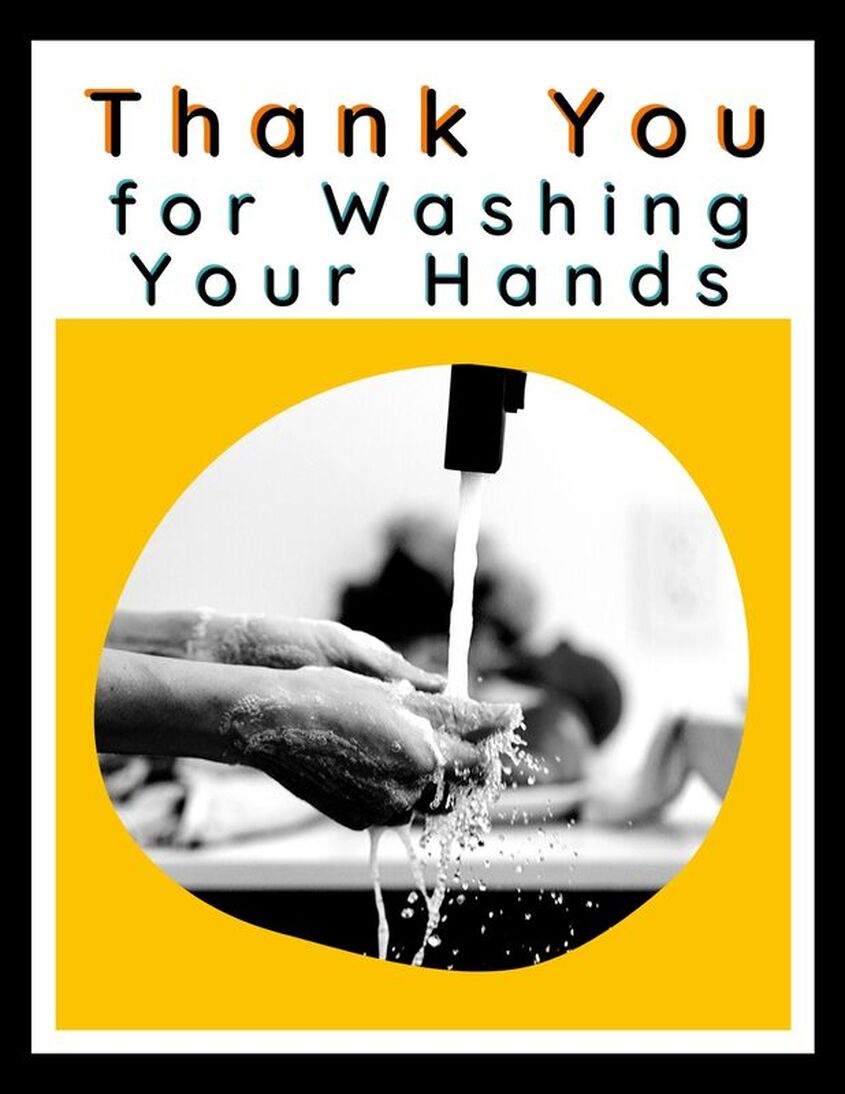 This blog is re-post from 4 years ago: Germs are everywhere! If you are a violin teacher who specializes in working with young children then germs are a reality of your professional experience. Your students are still learning and mastering the rules of hygiene, your work is hands-on and you likely serve students from multiple school populations which further increases your exposure to the bugs floating around. But, I have good news: our brilliant bodies come equipped with both an immune system to fend off germs and a brain to help us make wise choices and develop healthy habits. When I had my unfortunate visit to the emergency room last year from contacting pneumonia, I asked my nurse how come she did not get sick when working with ill patients all day and here was her response: "I wash my hands before and after every patient. I wash my hands when I think about it and sometimes I wash my hands just because I am in a habit of washing my hands. We can not control everything in life but we can wash our hands frequently to optimize our health and we can ask our students to do the same. Please remember that everything needs to be taught in life and this includes hand washing and it may be worthwhile to spend a few minutes to make sure your students are doing this properly. When the students are healthy, I am healthy and my entire studio is healthy. To watch an intriguing TED talk about the Simple Power of Hand Washing with Myrian Sidibe click HERE.
To download the PDF sign "Thank you for washing your hands with soap and water" click HERE to get to the FREEBIES (Free Violin Sheet Music) page. 24 hours only! It has become a tradition here at Music for Young Violinists to feature fiddle music in the month of February. It started many years ago in my teaching studio as a way to add a little joy & shine into our lives here in the Pacific-Northwest during the sun-less winter. For 24 hours, help yourself to this free fiddle duet called The Willamette. This piece is featured in the collection from M4YV called Fiddle Duets. The tune is named after the Willamette River (pronounced will-am-ette) which runs through the city I live in. The Willamette River is a major tributary of the Columbia River, accounting for 12 to 15 percent of the Columbia's flow. The Willamette's main stem is 187 miles long, lying entirely in northwestern Oregon in the United States. Click on the red letter "A" below to get a PDF of this tune for free. If you happen to have missed the 24-hour FREEBIE window, you can still purchase this tune in the M4YV store.
The only thing that is fair in this world is that we each get 24 hours a day. It's what you do with these hours that can help propel you towards your goals (or away). I was recently challenged to track my time in 15-minute intervals for 7 days and created this PDF to help me do this. I want to share this time tracking sheet here because I know many of you dream big and would benefit from an inventory of your time. One thing that I hope to get out of this challenge is a "reality check" for how much time I spend on social media and checking the news. Hopefully, the awareness I glean from tracking my time motivates me to spend my precious time in ways that are more aligned to my goals and values. To access this free PDF download, visit the Music for Young Violinists FREEBIES page (scroll down quite a ways to get to the 15-minute time tracker PDF).
Fiddle tunes are vibrant, cheery and fun! (+ amazing for teaching technique) I love adding some fiddle music into the mix during February because I live in a part of the country where the sun goes into hiding during this time of the month and frankly, it feels a little dreary.
Fiddle tunes are the perfect pick-me-up to counter the weather and M4YV will be doing 2 flash sales this month on the 3 fiddle collections plus adding a surprise or 2 to the FREEBIES page with a fiddle tune here and there. Stay tuned! Head on over the M4YV store to take advantage of this sale & brighten your February: The "Seven Wonders of the World" refers to ancient architectural structures that make us marvel at previous culture's feats of humanity. With all of our advancements in our modern world, we still have no clue how they were created. These 7 wonders include:
I came across a video of a self-playing violin titled "The Eighth Wonder of the World" and I politely disagree. However, it's neat and a celebration of creativity. Below is the self-playing violin for your amusement. Let me know your thoughts in the comments below. Scroll down to the end to enter the giveaway contest.What is a bucket board? In short, a bucket board structures a way to create a culture of kindness by acknowledging those around you with notes of support. I work in a dialysis clinic - and yes, if you are new here, you read that correctly, I am both a nurse and musician (you can learn more about my interesting journey from one to the other here if you are curious). Working in healthcare can get stressful at times because lives are at stake and resources are limited. Our managers decided to install a bucket board to help us acknowledge our co-workers for all their numerous acts of kindness done in the day. A bucket board works like this: A bulletin board is installed in a central location and each staff member gets a little "bucket" (or bag or envelope) with their name on it. Next to the board is a table with paper, pens and funny memes. Co-workers can write notes of gratitude and encouragement to each other and leave the note in the "bucket." Bucket boards are for any group where people come together for a common cause - your violin studio, community center, school, family, place of worship, etc... 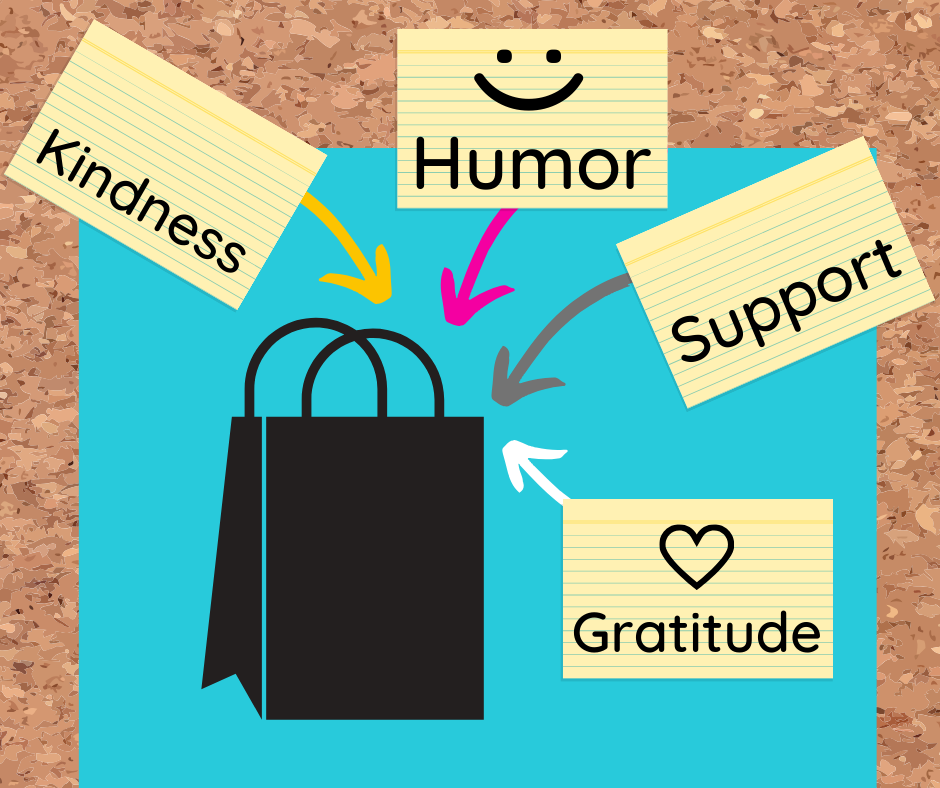 The bucket board concept is part of the bucket fillers movement started in 2006 with a mission to "help all ages grow in kindness, self-control, resilience, and forgiveness, all leading to a happier life. They do this by using the metaphor of a bucket to explain where we keep these positive feelings and experiences." They self-describe their movement as being "a new twist on the Golden Rule." Through their books, presentations, and website, they explain "we all carry an invisible bucket in which we keep our good thoughts and feelings. When our buckets are full, we are happy; when they are empty, we are sad. It’s important to know that we can fill our own bucket and so can others. We can also dip into it." They go on to describe on their website: “Bucket fillers are those who help without being asked, give hugs and compliments, and generally spread their love and good feelings to others. The simple metaphor of a bucket helps even preschoolers understand the importance of consideration and love, particularly towards those who bully. People who “dip” into our bucket often rob us of happy feelings by refusing to help with a task or by saying or doing cruel things." Their website, Bucket Fillers 101 shares 9 different publications, mostly geared towards youth but the themes are universal to all ages. You can learn more about this movement to increase kindness, access free downloads and gain inspiration on their website HERE. Notes of Kindness - Violin & MusicVisit the Music for Young Violinists store to access a collection of violin & music themed notes of kindness to use in your violin teaching studio. No one is immune from the human experience which means that everyone has challenges. A bucket board creates a system to share support with others and uplift them.
Have an idea for spreading kindness? Let us know in the comments below. 5 entries will be chosen at random to receive a $30 M4YV gift certificate. Winners will be chosen on January 31 A foundational principle in the Suzuki philosophy is: "Character First, Ability Second " I suspect that I am not the only one here who looks out at the world and scratches their head trying to figure out why things are so awry and functioning in such a state of discord. It's baffling, right? Sometimes it feels like we are at odds, but, the one thing we can all agree on is kindness. Kindness is easy, free and feels great to do! This is where the bucket board comes in. I was recently exposed to the concept of the bucket board through my workplace and they provide a way to express kindness by acknowledging those around you with notes of support. In brief, the bucket fillers movement started in 2006 with a mission to "help all ages grow in kindness, self-control, resilience, and forgiveness, all leading to a happier life." They do this by using the metaphor of a bucket to explain where we keep these positive feelings and experiences. To help encourage a little more kindness in the world, M4YV is sharing free bucket filler designs on the FREEBIES page. You can also make your own designs at www.Canva.com, again for free :) I would love to hear from those of you who choose to create bucket board for your studio - please email me a picture so I can share with others. Download Notes of Kindness Designs on the M4YV FREEBIES Page:Buy Music-Violin Themed Notes of Kindness at the M4YV store.Share how you teach kindness in the comments below and be entered to win a $30 gift certificate to the M4YV store.
5 winners will be chosen at random on January 31. Are you inspired to start a bucket board for your studio, classroom, home, place of work or community center? This can be done easily and does not necessarily need buckets. The term "bucket board" can be a bit of a misnomer because you can also create this with envelopes, gift bags or any other container that can hold notes of kindness. You can even learn how to make a paper bucket from Bucket Fillers 101. Download FREE bucket fillers on the FREEBIES page and purchase violin themed bucket fillers for $5 at the Music for Young Violinists store. Click on the "Bucket Boards" button below to view my Pinterest board on these:Download the notes of kindness posted below + 6 more designs on the FREEBIES page to help start a bucket board in your violin studio.Visit the M4YV store to access music-violin themed bucket fillers.“A dream without a plan is just a wish.” Dream Trees help you slow down and create the life you want. You can use these beautiful sheets to define your dreams and map them into actionable goals. Plus, many of the designs in the Dream Trees collection are infused with sacred geometry to help your soul remember higher truths. Learn more below. I developed some bad habits in nursing school and yes, you read that correctly and yes you are in the right place. This really is a project about playing/teaching/loving the violin. It’s a long story (click here to get a glimpse) but at the heart of it, I believe we heal through our passions and I hope to merge the world of healthcare with the arts. Before this new career in nursing, I spent 23 years teaching music, performing and composing. Music is still my passion and I work on this project whenever I get some free time to help me stay connected to this love. I don't have all the answers but I believe that music is an essential component of humanity living more peacefully so I have made it my mission to help bring more music into the world. Back to my nursing story, even though I graduated nursing school in June 2019, I immediately plunged into preparing for the national licensing exam (aka the NCLEX), finding a job and then training for this intricate and exciting new job as a dialysis nurse. It's been intense and my health and long term goals took a back seat. I am just starting to get settled from all of these changes and sat down recently with my fancy new Passion Planner and a cup of dark coffee (my favorite). I purchased this particular planner because it comes with goal mapping tools. However, there was one problem, they are not beautiful. I believe beauty connects us to truth and wanted this to be incorporated with my goal setting so I developed the Dream Trees. I know that if you are a musician you have a special type of passion for working on making your dreams come true so I thought these would be perfect to share with this group. Scroll down for examples of how to use Dream Trees. Visit the FREEBIES page to download a sample. View the entire collection on the store. 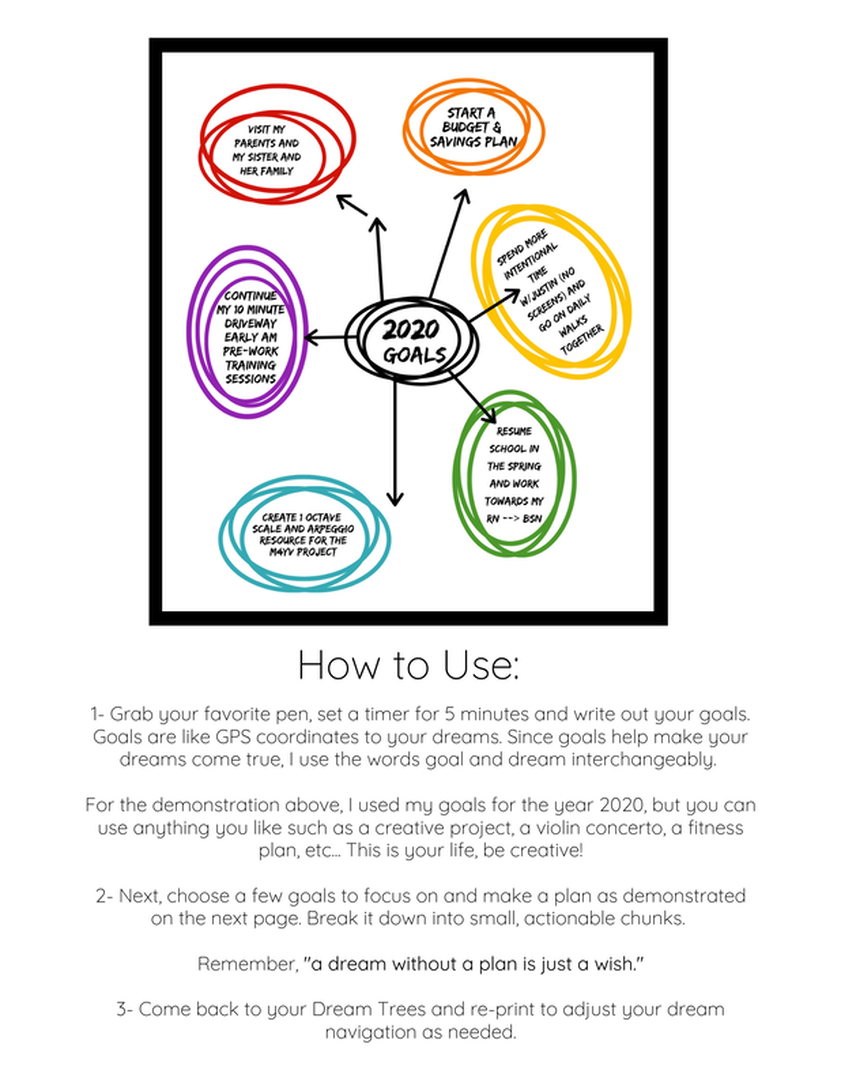 Who doesn't love solving a mystery??? I removed the pitches from 3 popular holiday pieces and left the rhythms for my students to solve the mystery of what pieces these are. These are a really fun way to enforce rhythm reading skills, celebrate the holiday season and keep lessons and group classes fresh with new ways to learn. The 3 pieces are Jingle Bells, Rudolf the Red-Nosed Reindeer & Ode to Joy. Also here on the M4YV FREEBIES page are some complements to the Holiday Joy! collections for Violin and Viola. First is Ding, Dong Merrily on High. I love this piece and forgot to put this melody only version into the newly revised Holiday Joy! sheet music collection. My mistake is your gain because it is now offered here for everyone on the FREEBIES page.
Next is a contemporary arrangement of The First Noel for 3 Violins. When I revised the holiday & Christmas music collection, I wavered about putting this trio arrangement of the First Noel in it. I enjoy the higher range expressed in the top line and a slightly modern interpretation of the harmony, but it does not fit with the rest of the arrangements in the collection. I decided to keep it and offer it here and get your feedback - feel free to let me know how this works for you (here is my email address). A version of just The First Noel melody is available in the Holiday Joy! collection. Levels 1-4 + Ultimate Challenge
24-Hour FREEBIE for Newsletter List Hello, Thank you for being a part of the Music for Young Violinists community. Your lives are busy, and I thank you for believing in this project and sharing your inbox with me. Below is a free download from The Violin Teacher's Toolkit (click here to learn more about this resource). Also, a reminder that all collections of violin sheet music are on sale this month for 50% off as part of M4YV's annual back-to-school sale. Thank you and wishing you joy in the music-making process! Heather NOTES: Bach Double Subdivision Worksheet - My graduation requirement for this piece is to play it in its entirety subdivided into sixteenth notes. I created this resource to support this value of accurate rhythmic interpretation and to help students check their work at home when subdividing directly from the score. Additionally, I had many students begin this piece before our studio’s summer break, and it was a way for me to provide some guide rails for them to work on it independently during a time period where we would not be meeting for regular lessons.
Music for Young Violinists is going on a bit of a summer break. Instead of reaching out to other violinists with blog posts, tutorial videos, new FREEBIES, or giveaway contests, I am going to organize behind the scenes. I am editing existing collections, creating new sheet music and a few other fun surprises I am excited to share with you. In the meantime, I am giving myself a fun challenge to discover new violinists or pieces of music every week and I will be posting the finds here as YouTube videos. Keep checking back. Also, I will randomly put various collections on sale here at the M4YV store. I wish everyone a great summer!
|
Categories
All
Archives
February 2024
AuthorHi! It's me, Heather. I absolutely love working on the Music for Young Violinists project and all the many facets: blogging, website, music, teaching materials, freebies, videos, newsletter and giveaway contests. The best part is connecting with you so feel free to drop me a line. You can learn more about me on the "ABOUT" page. Thanks! |
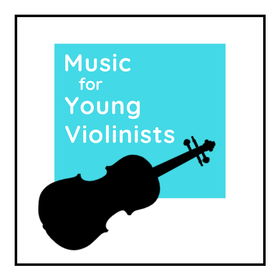
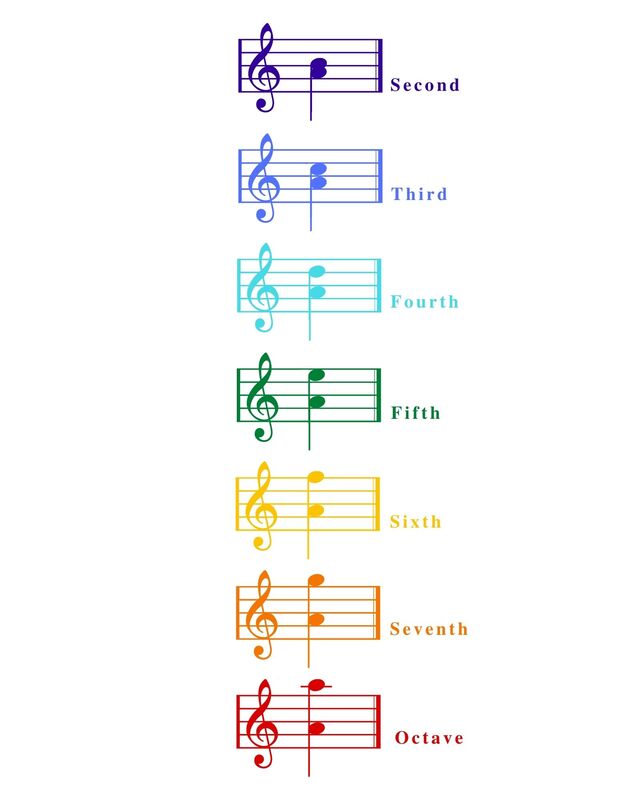
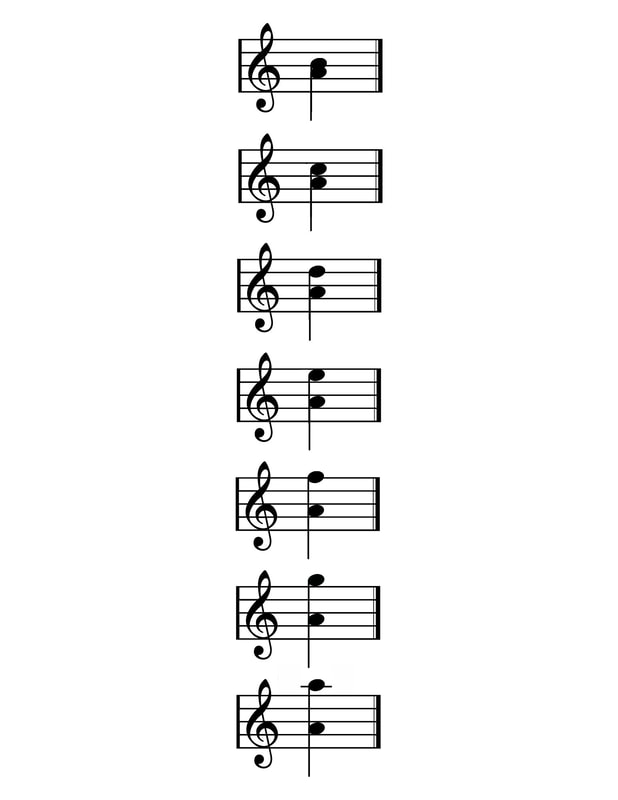
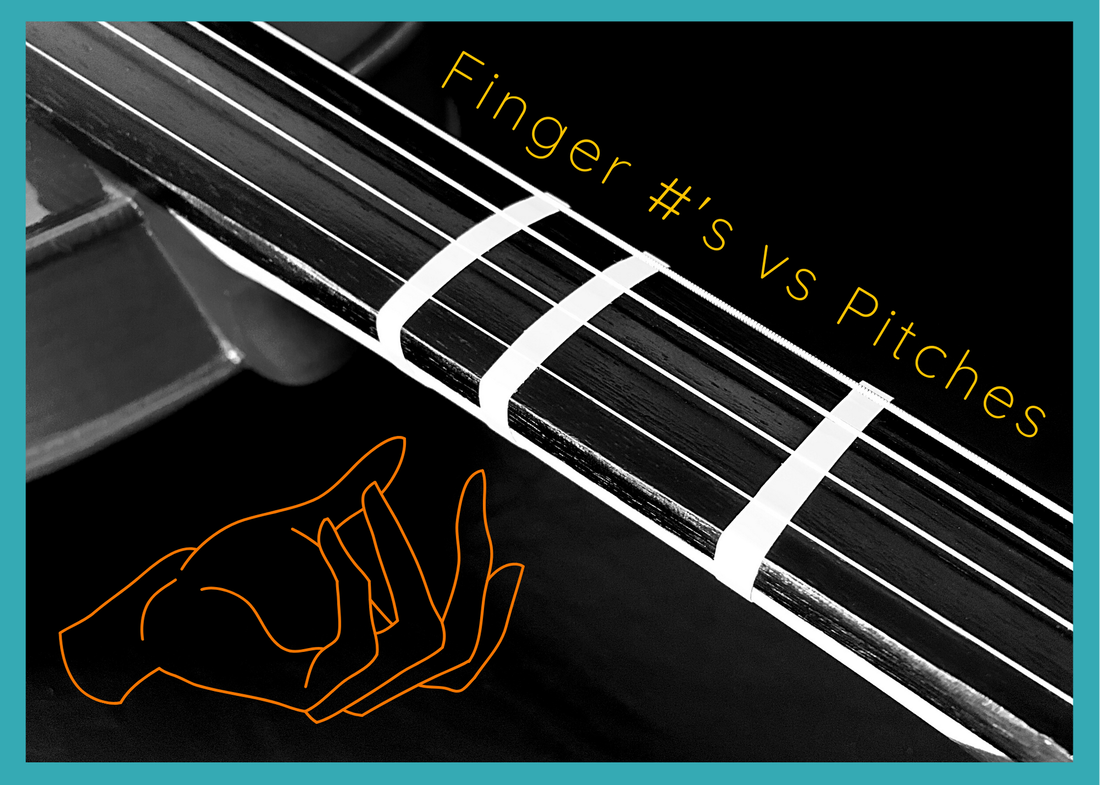
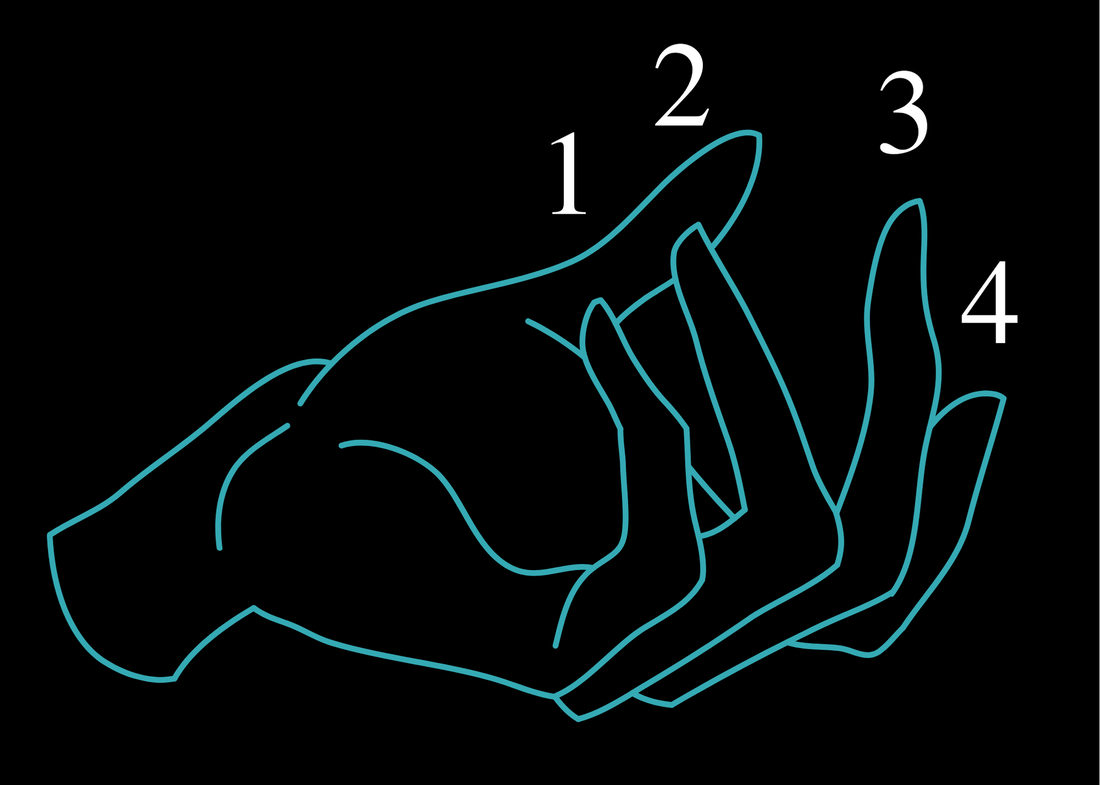
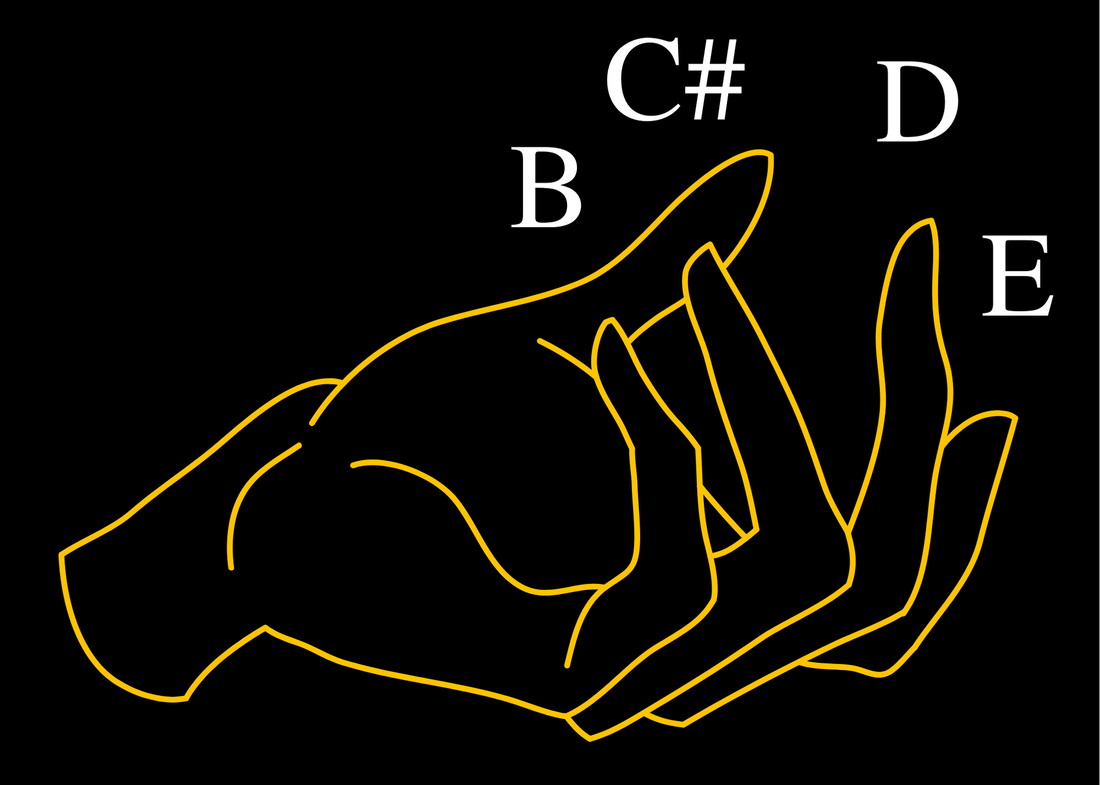


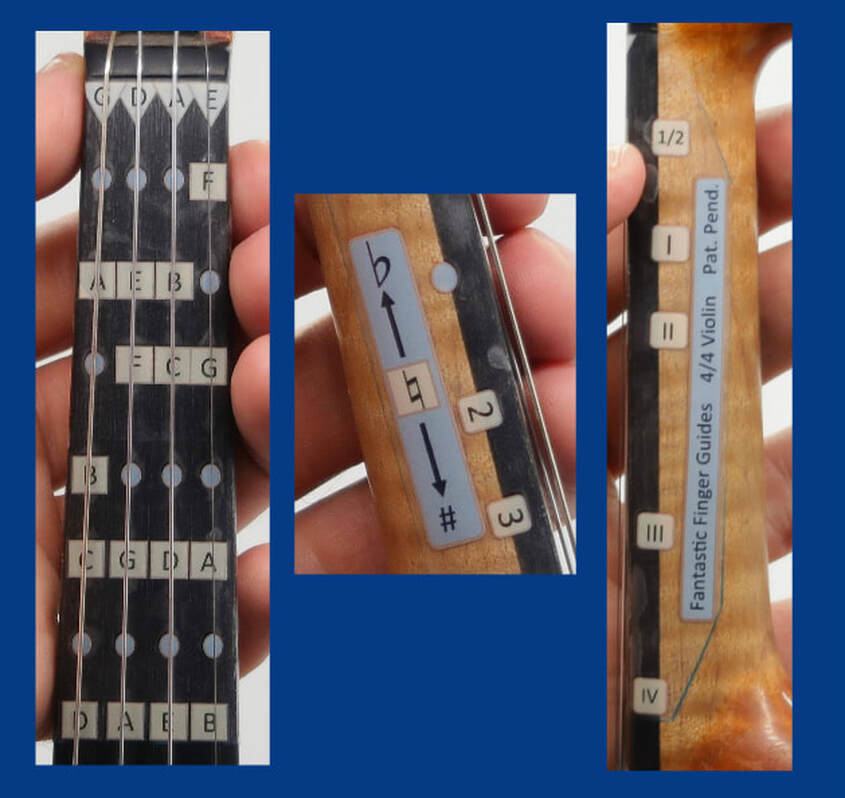

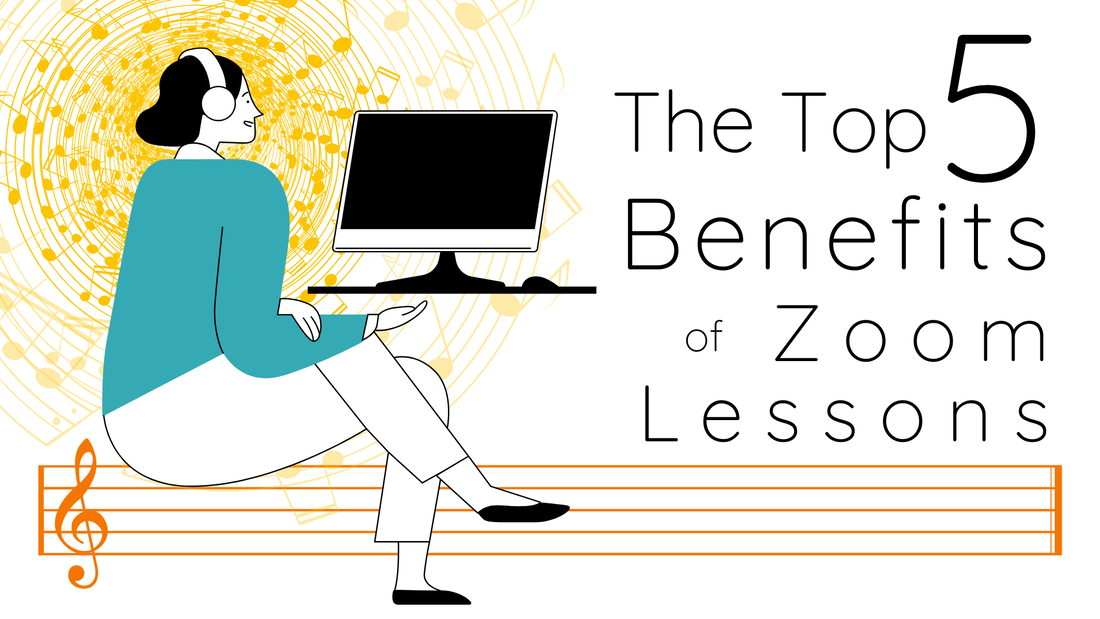
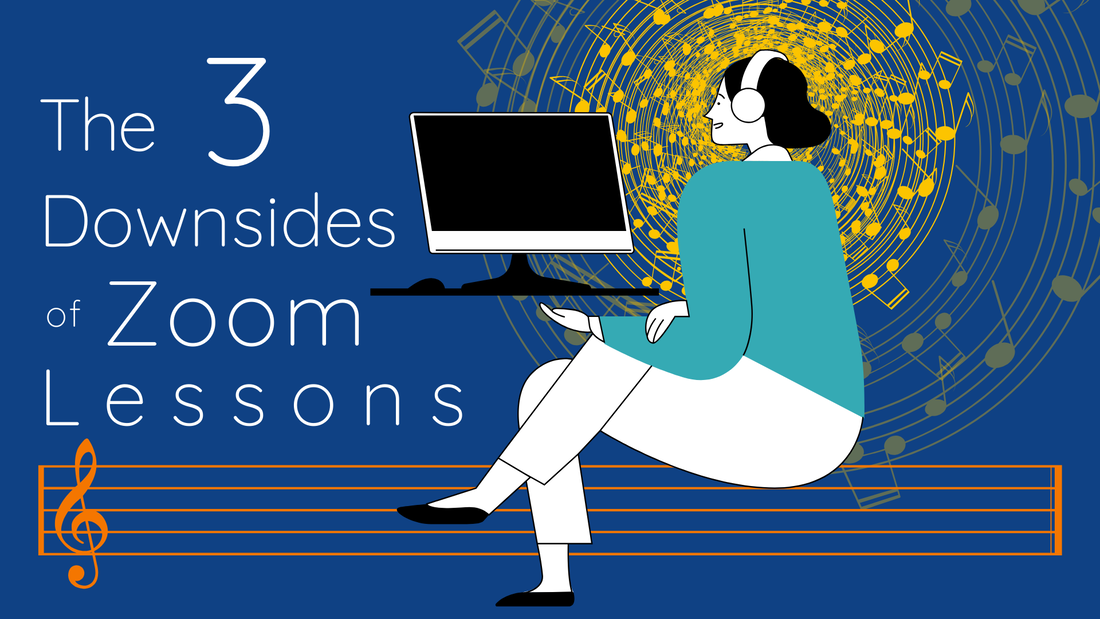
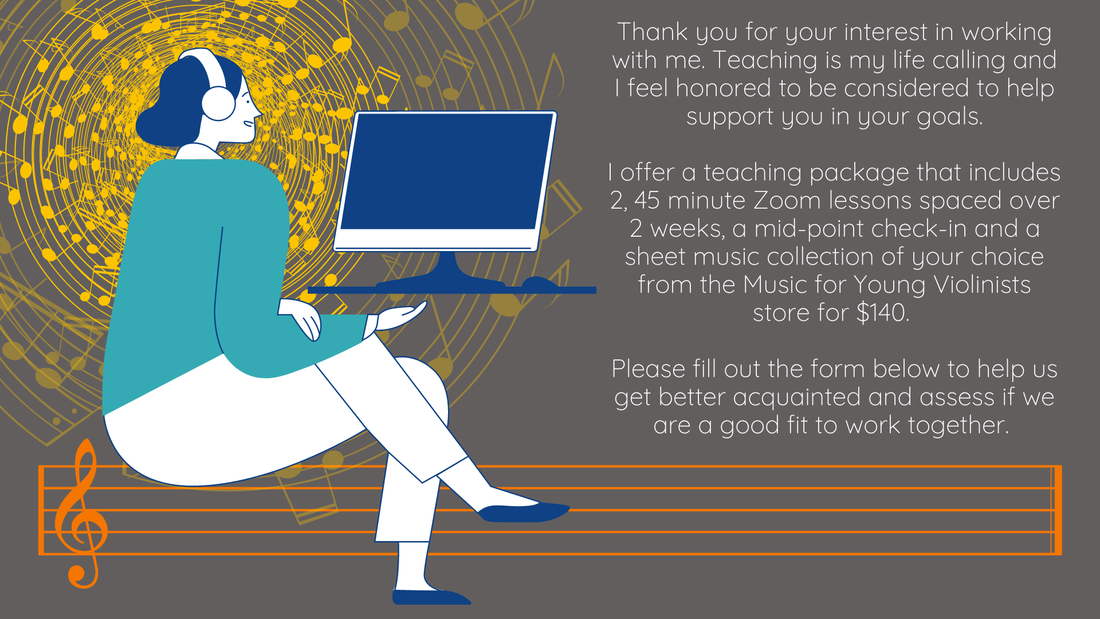
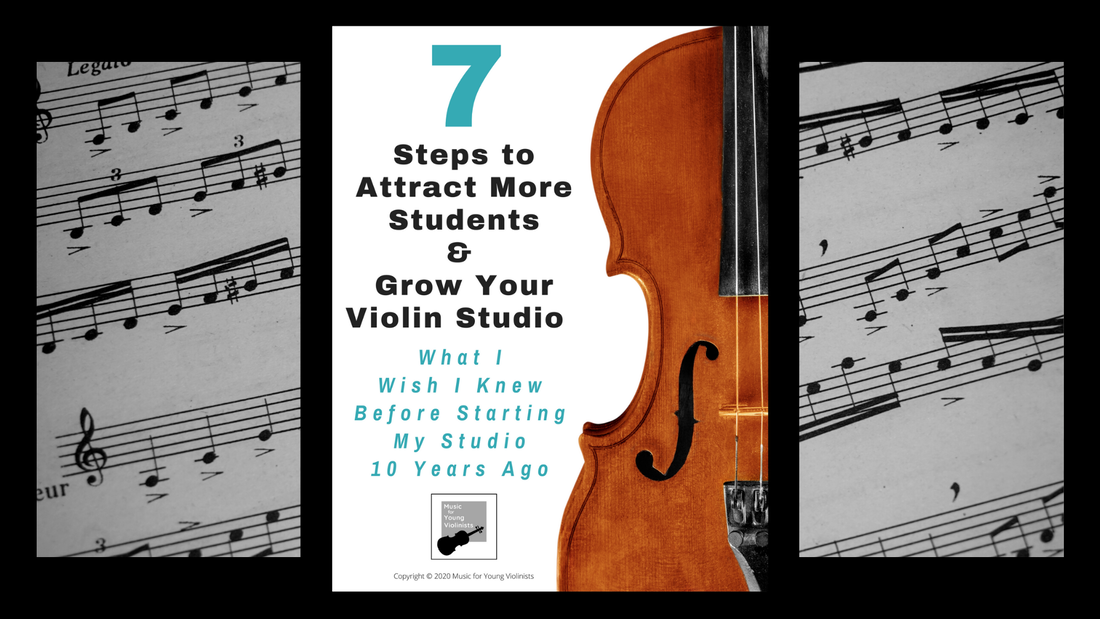
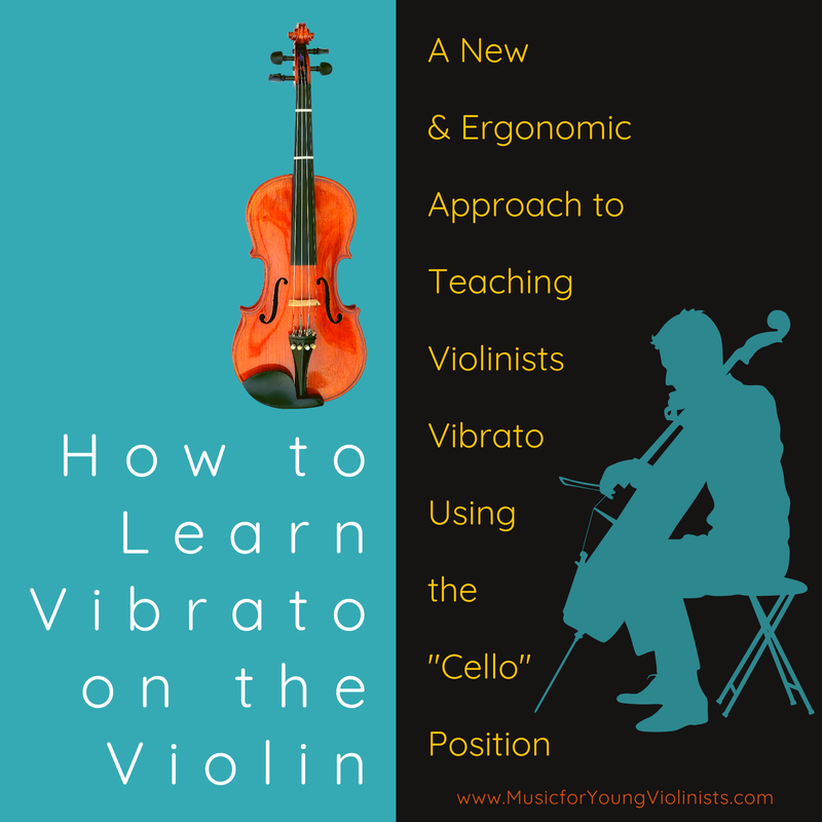
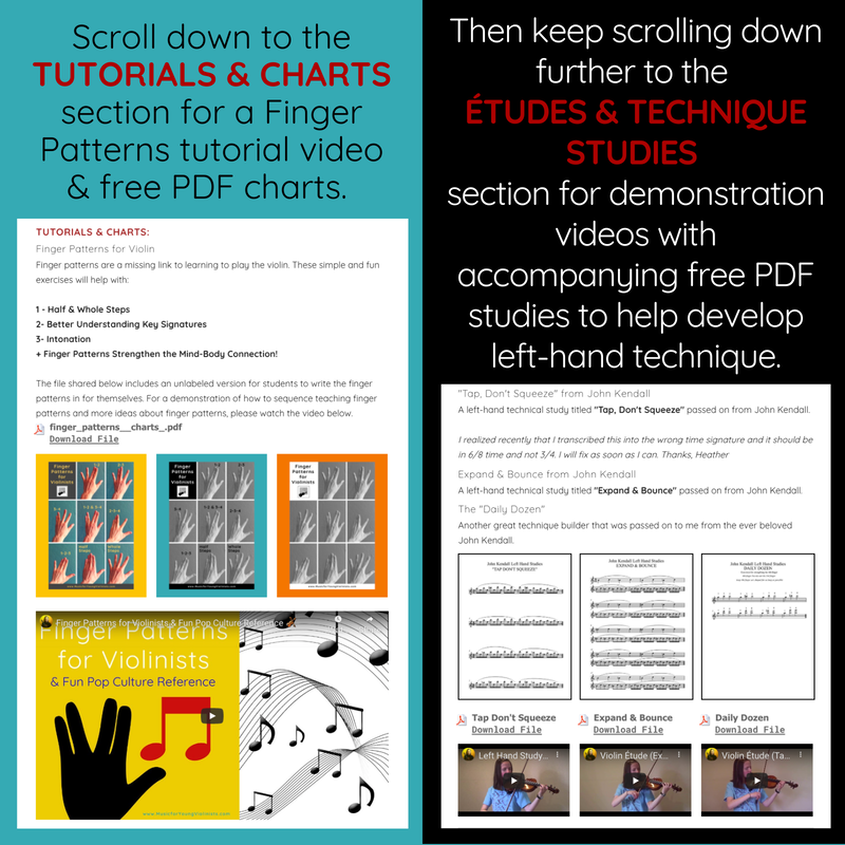
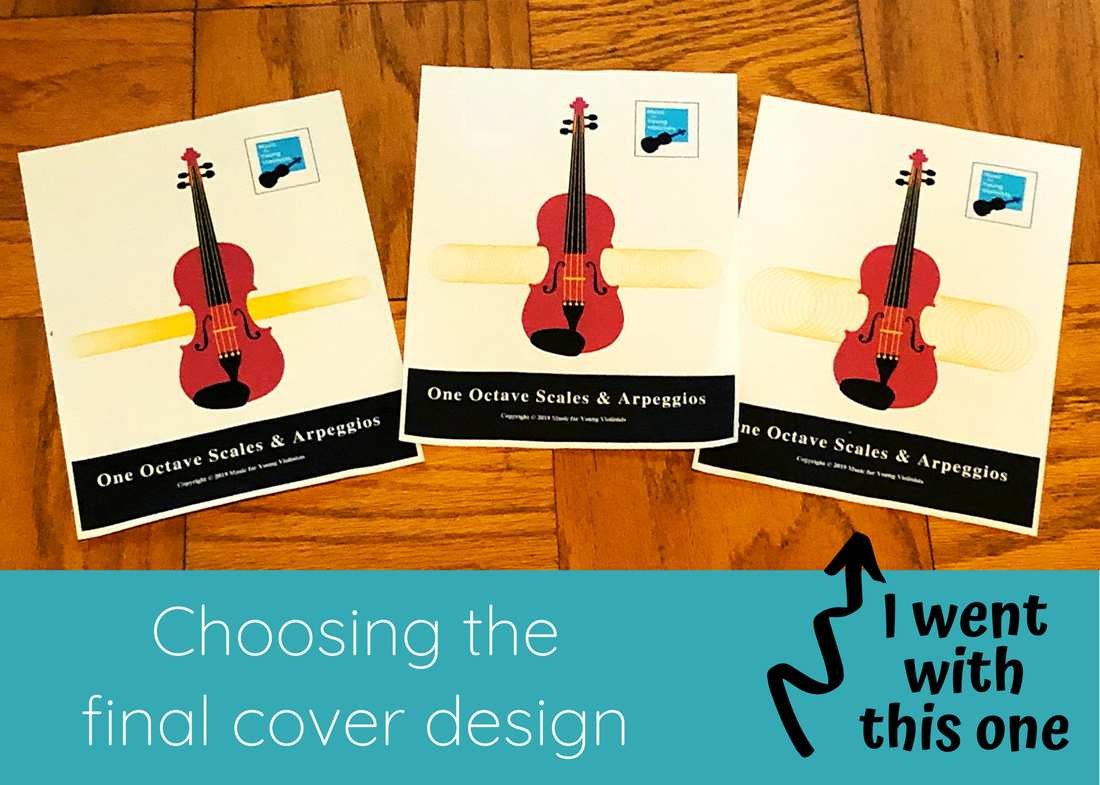
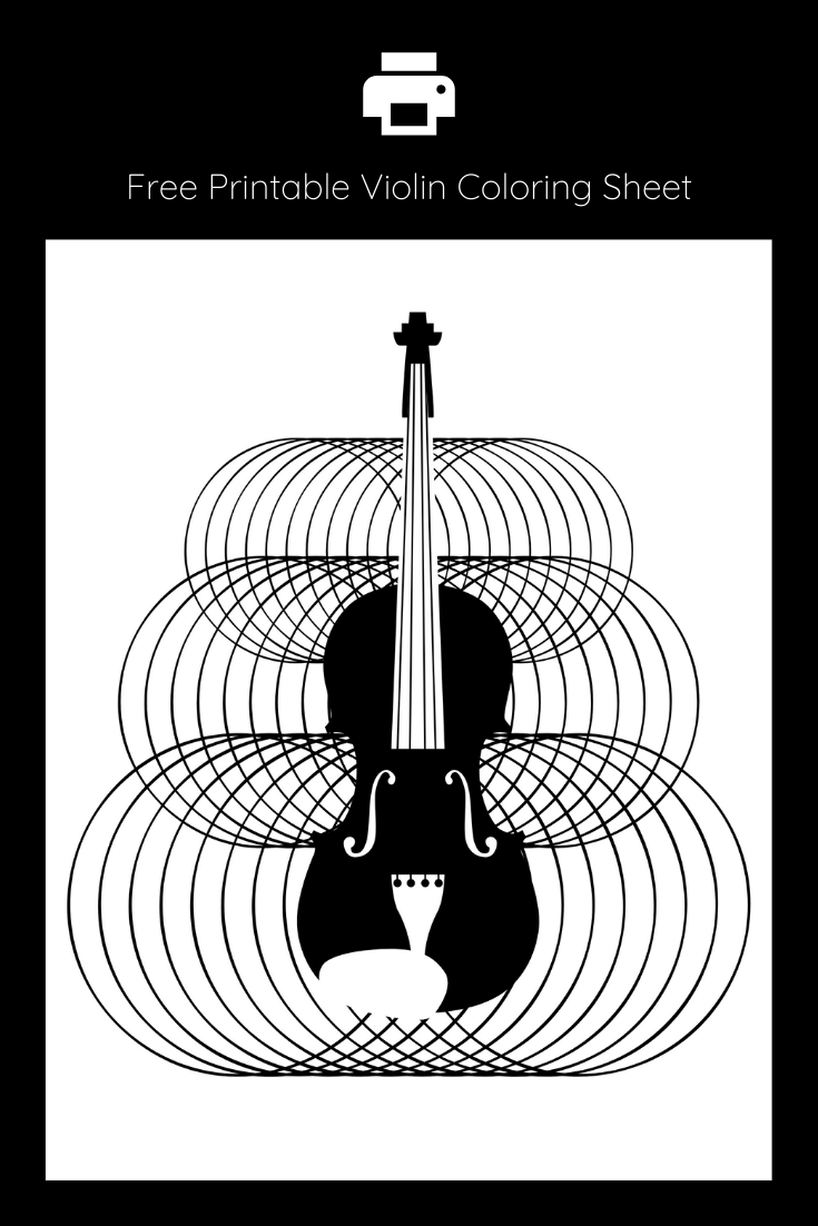

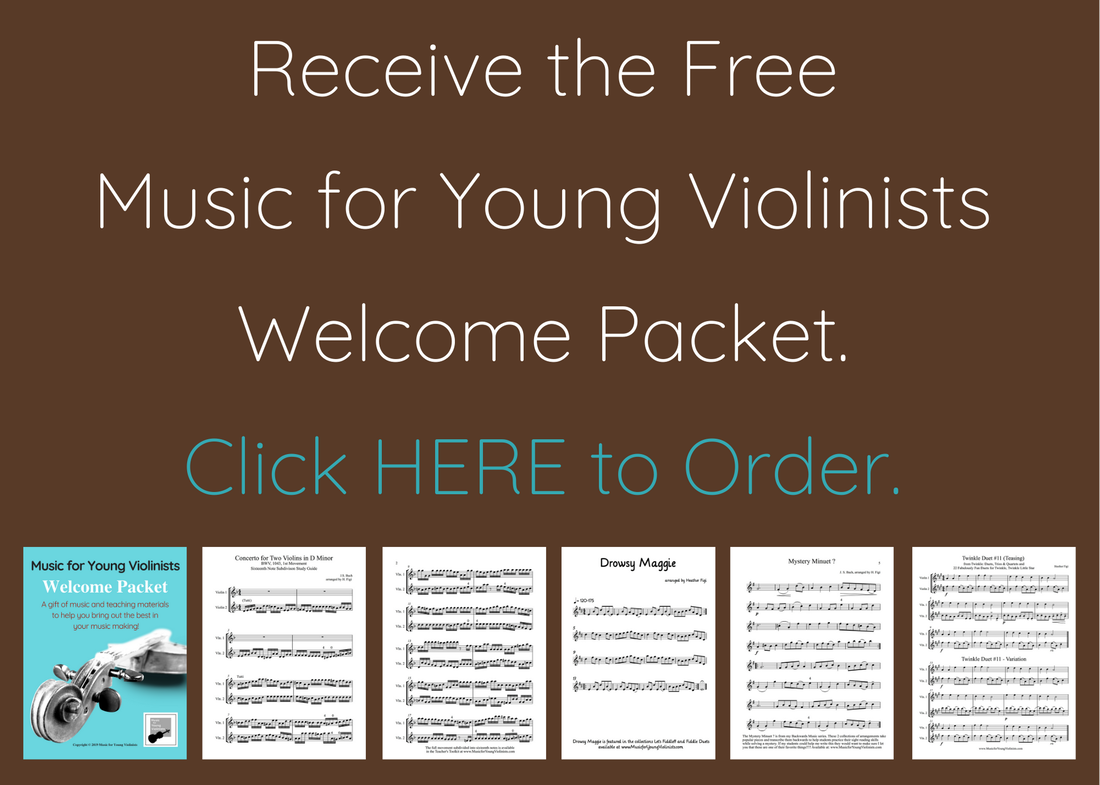
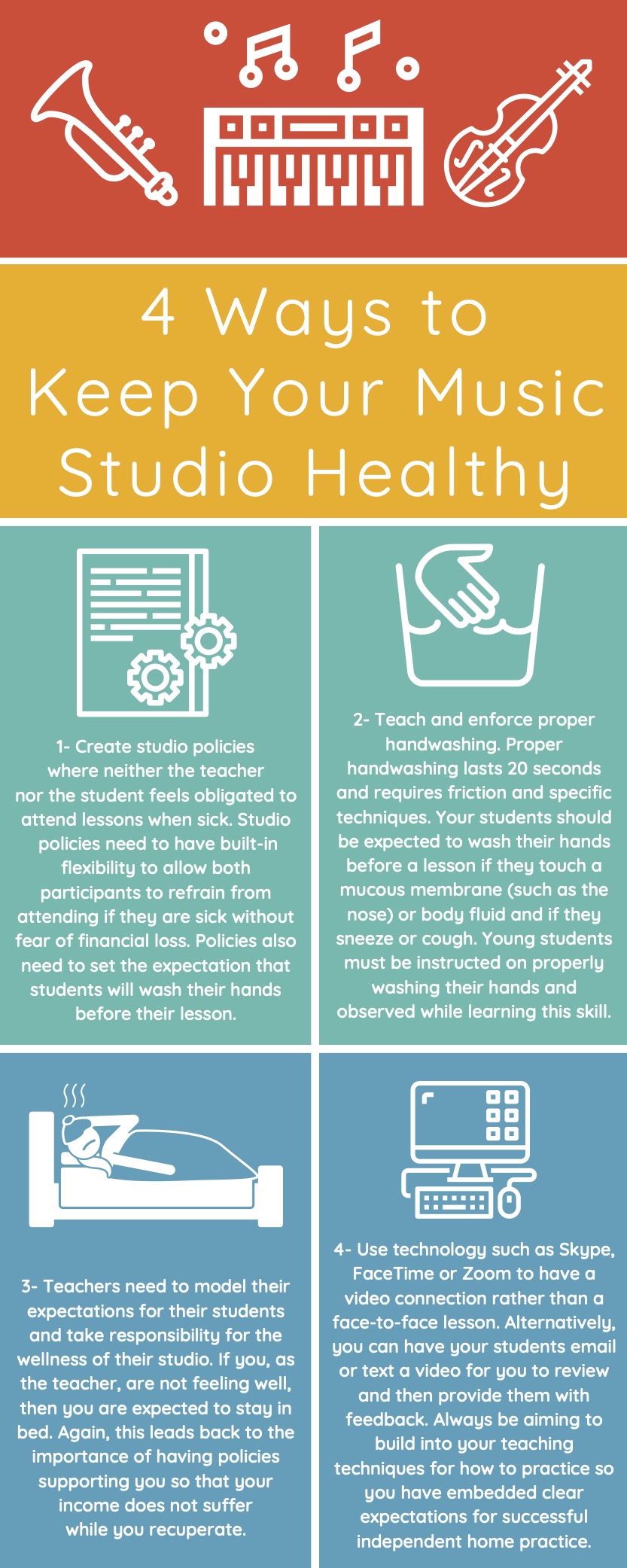
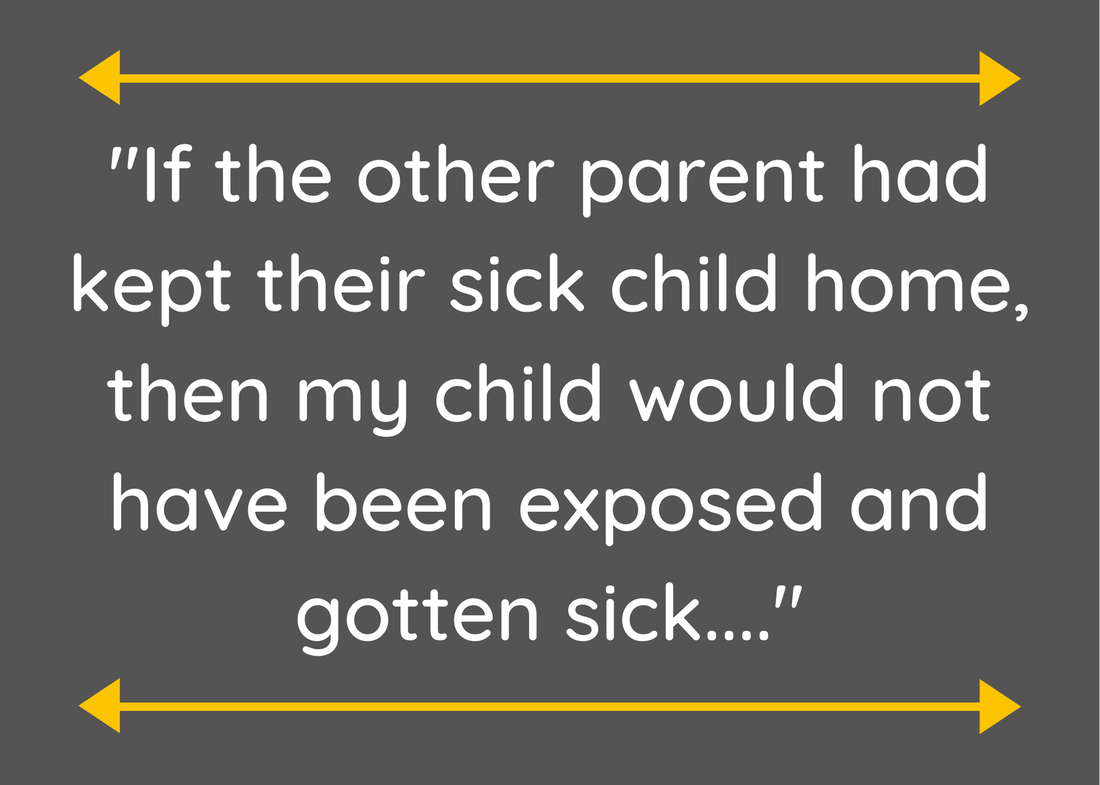
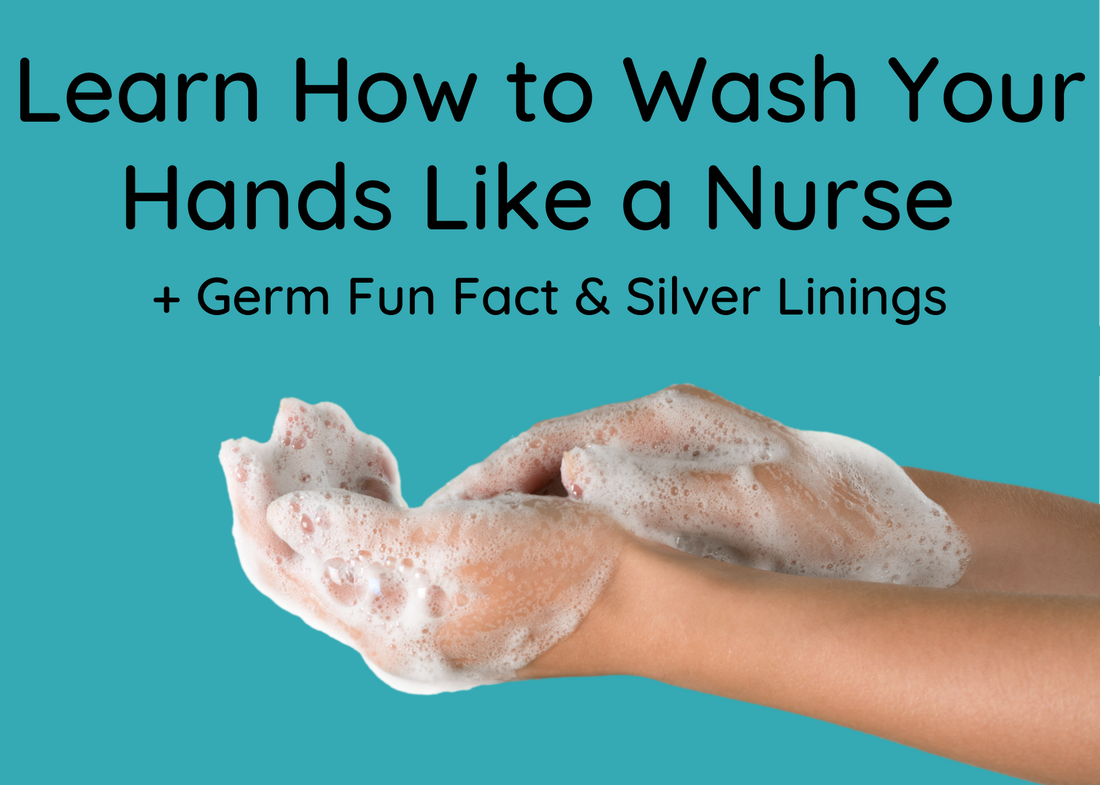
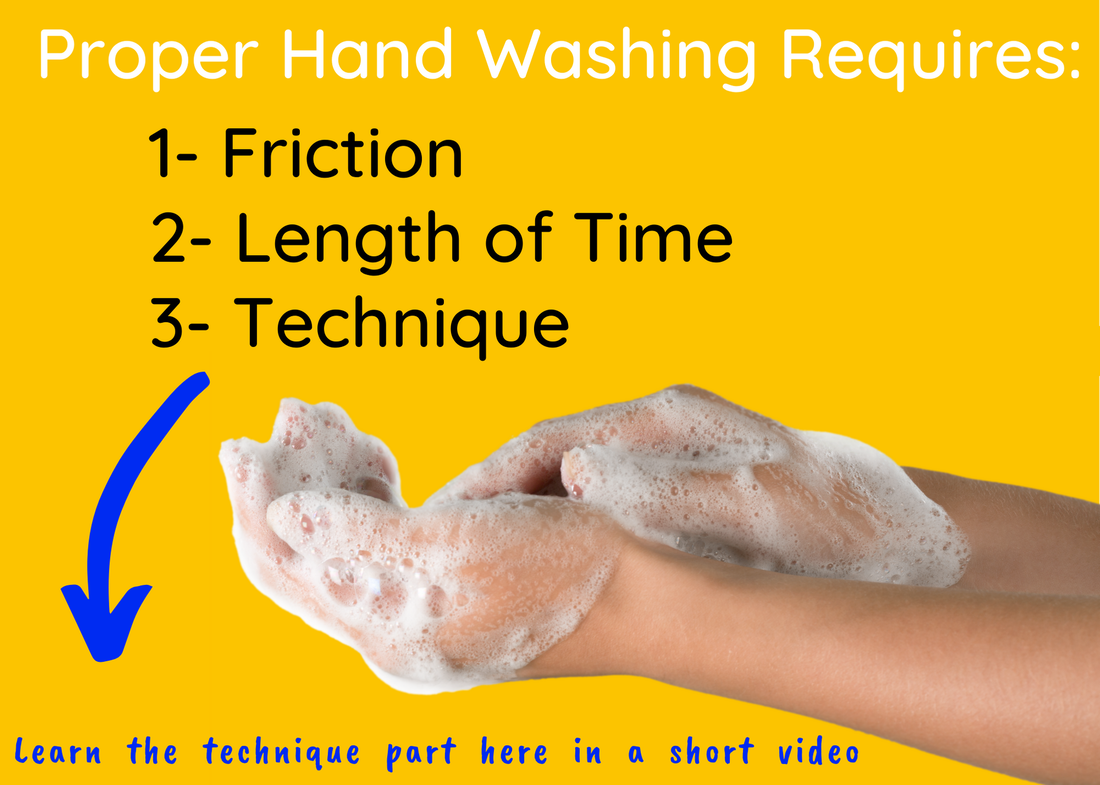
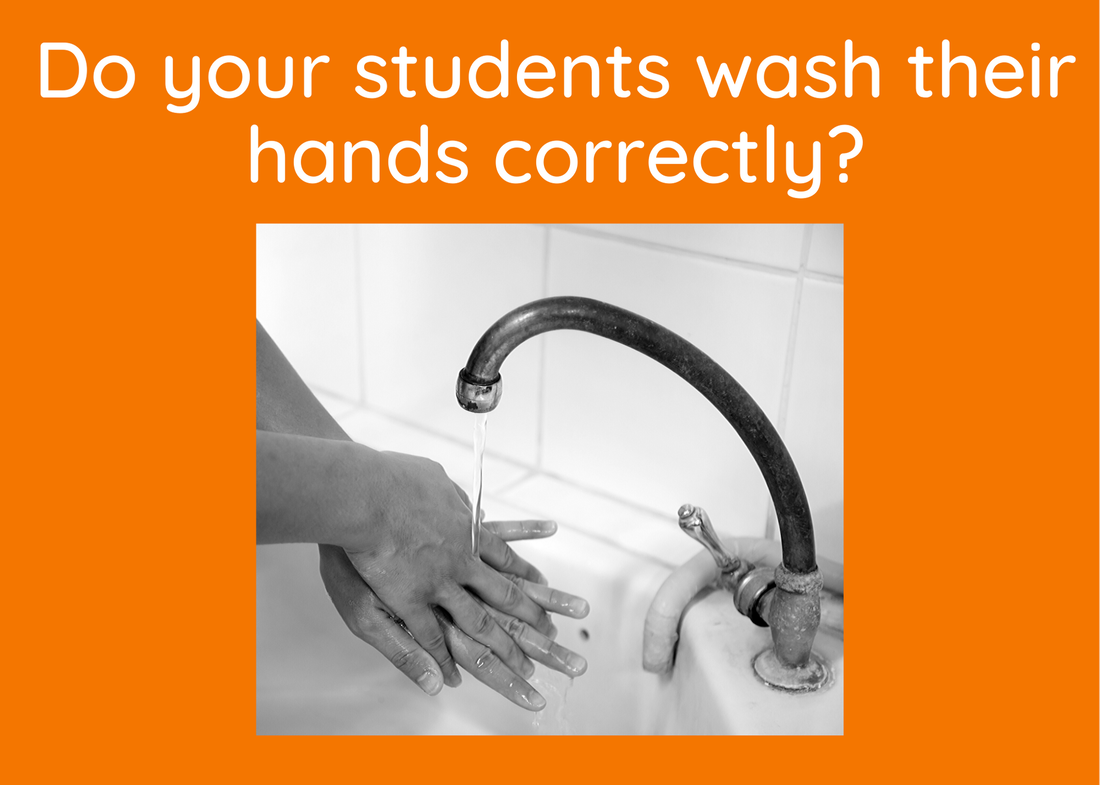

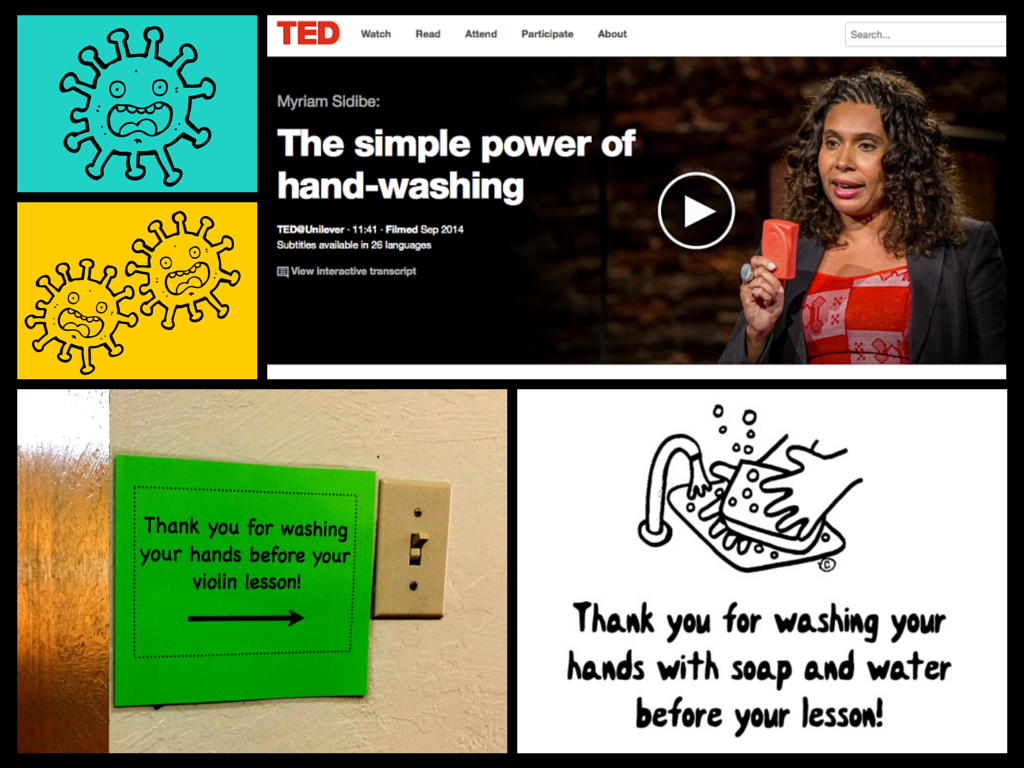
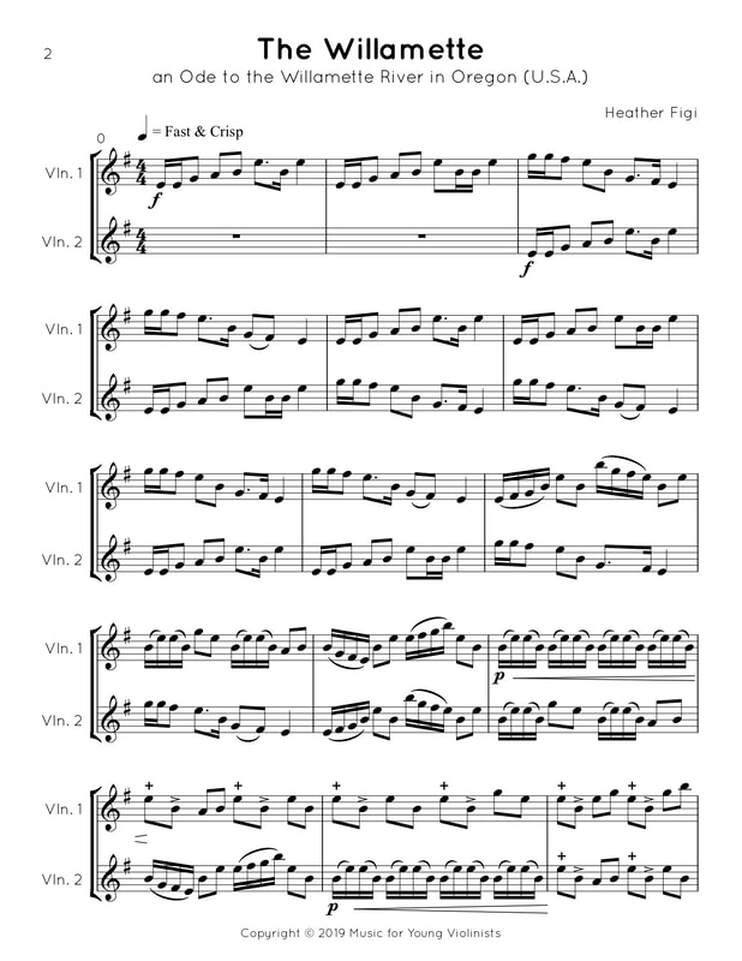
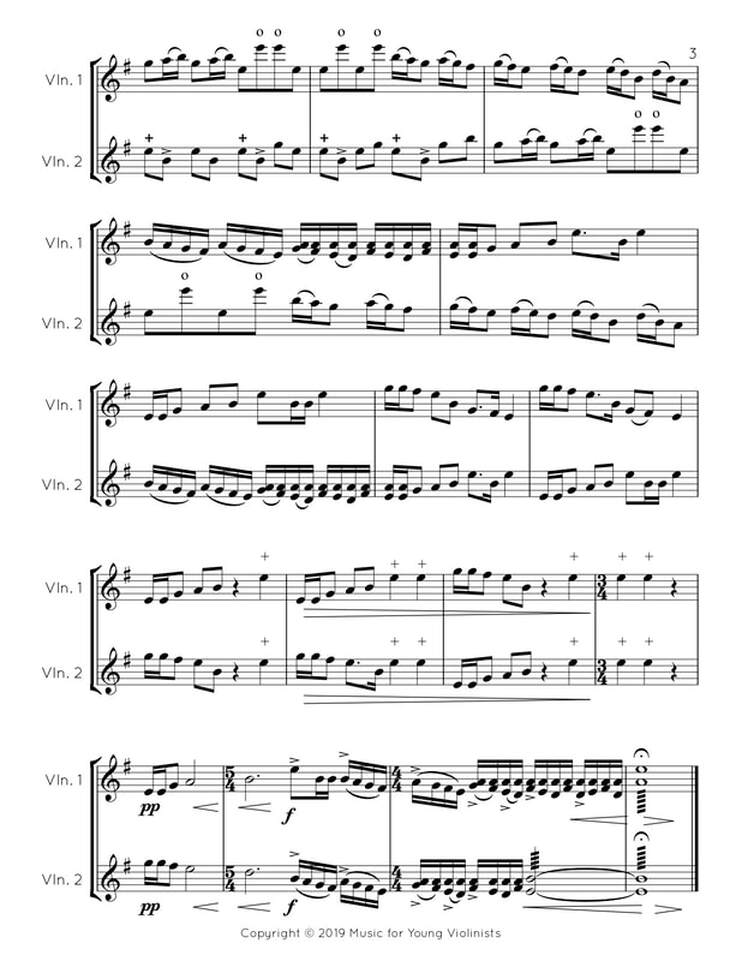
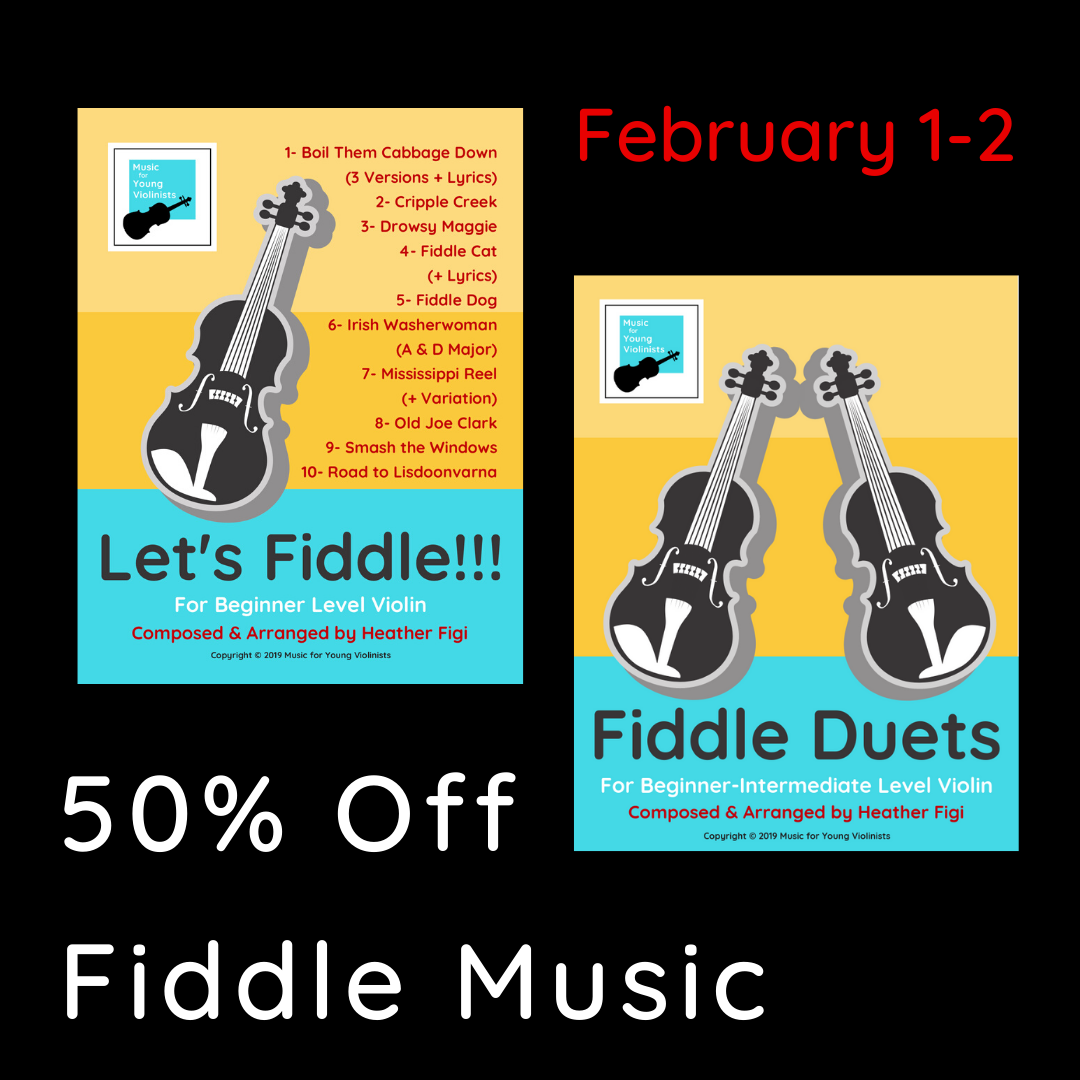
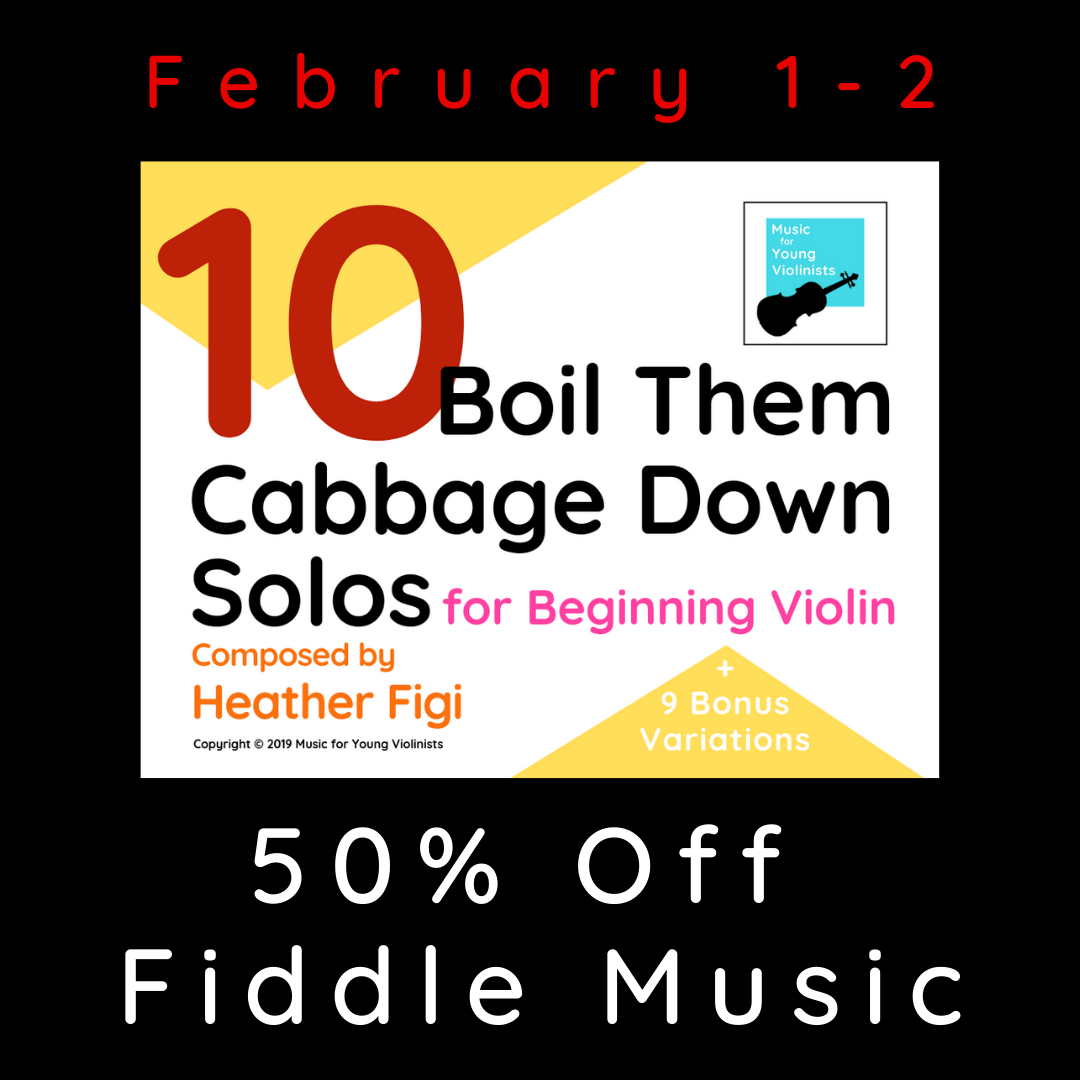
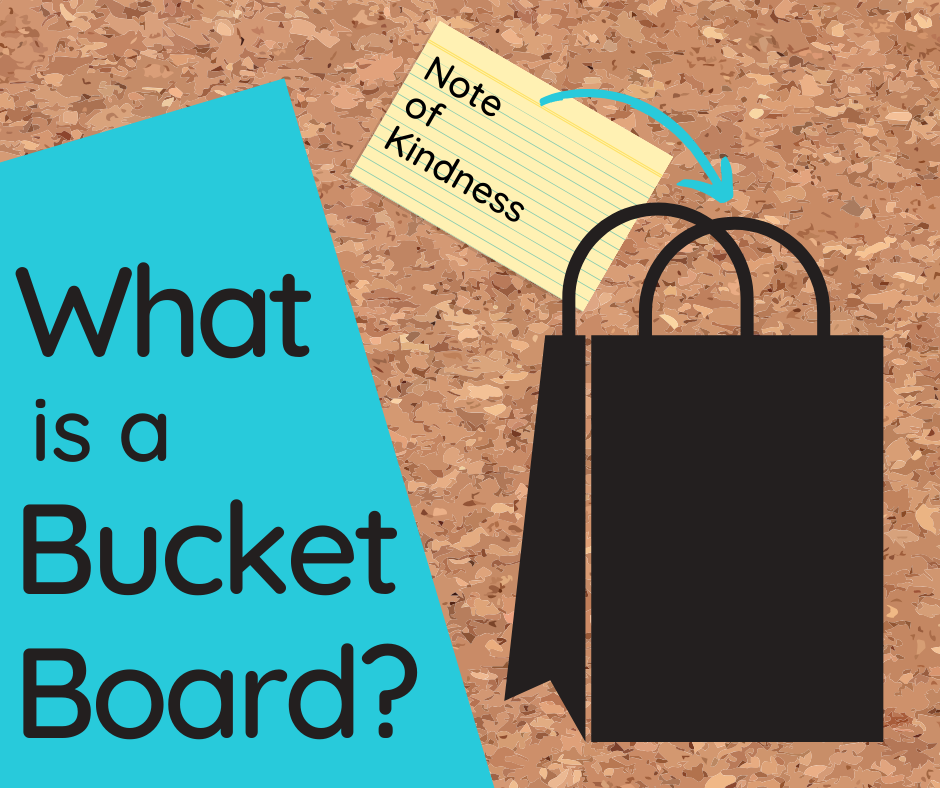
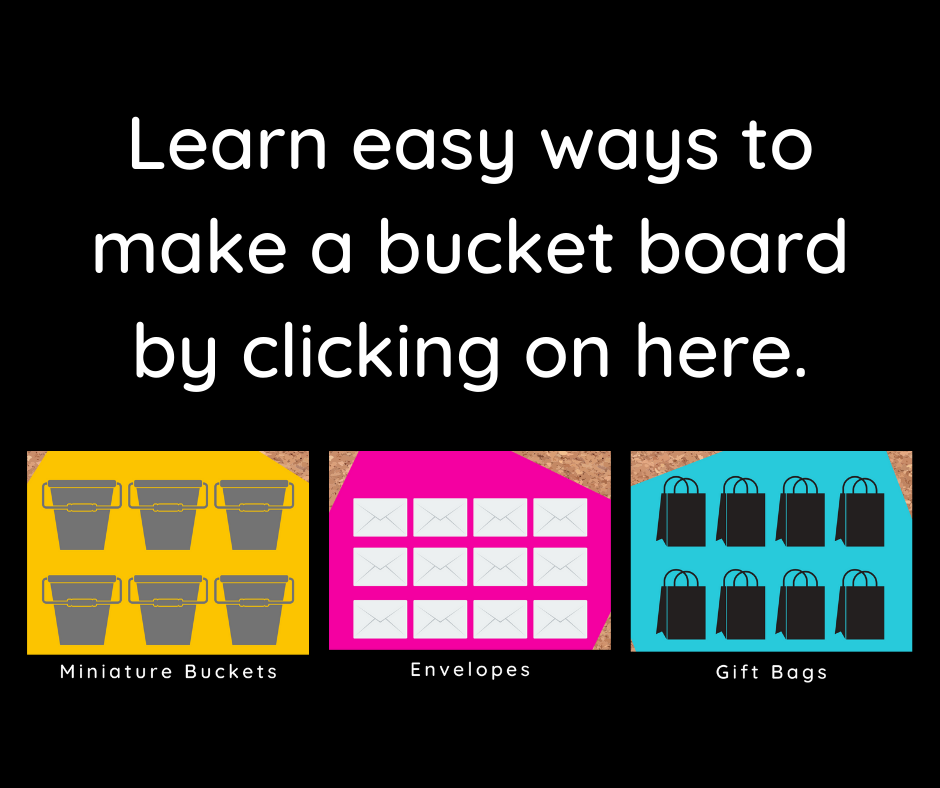
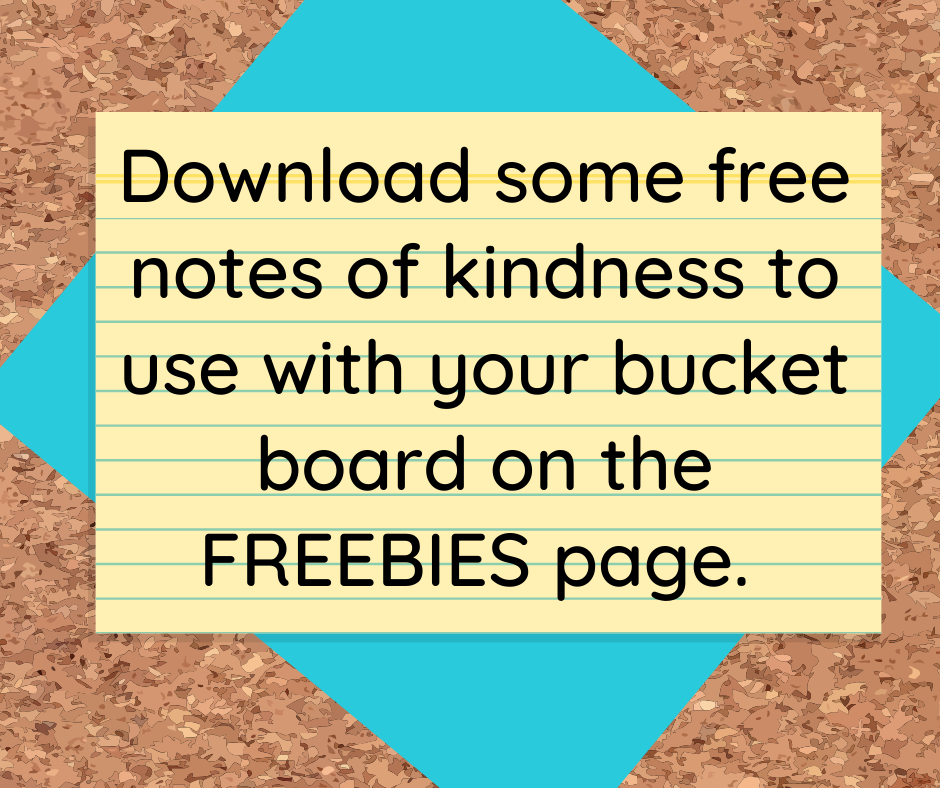
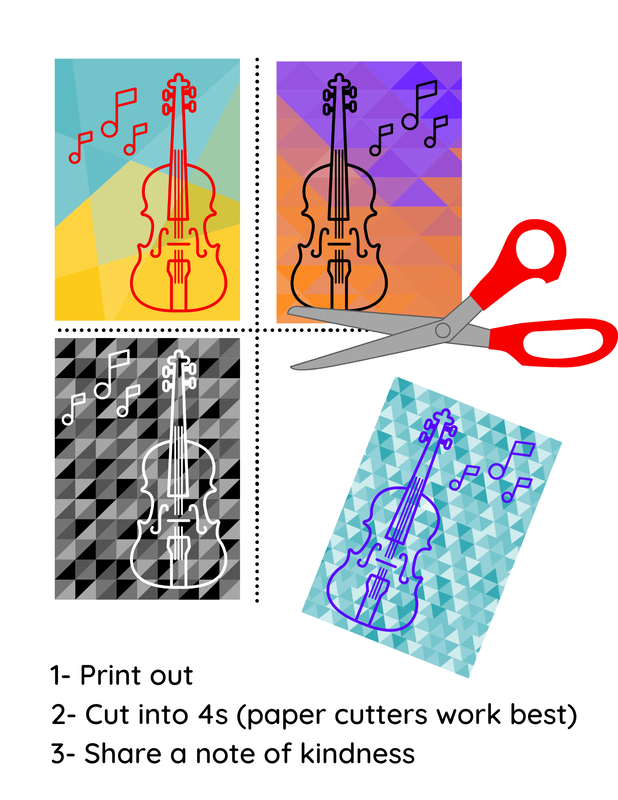
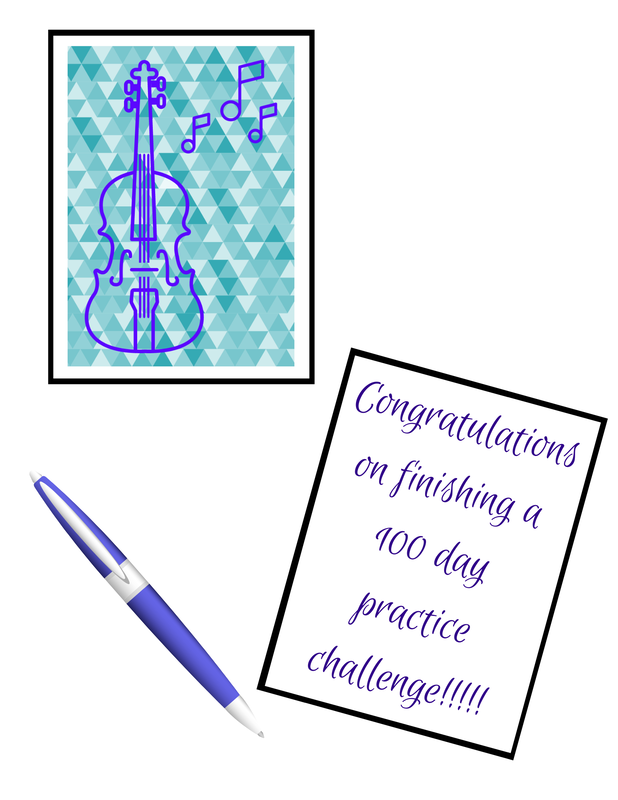
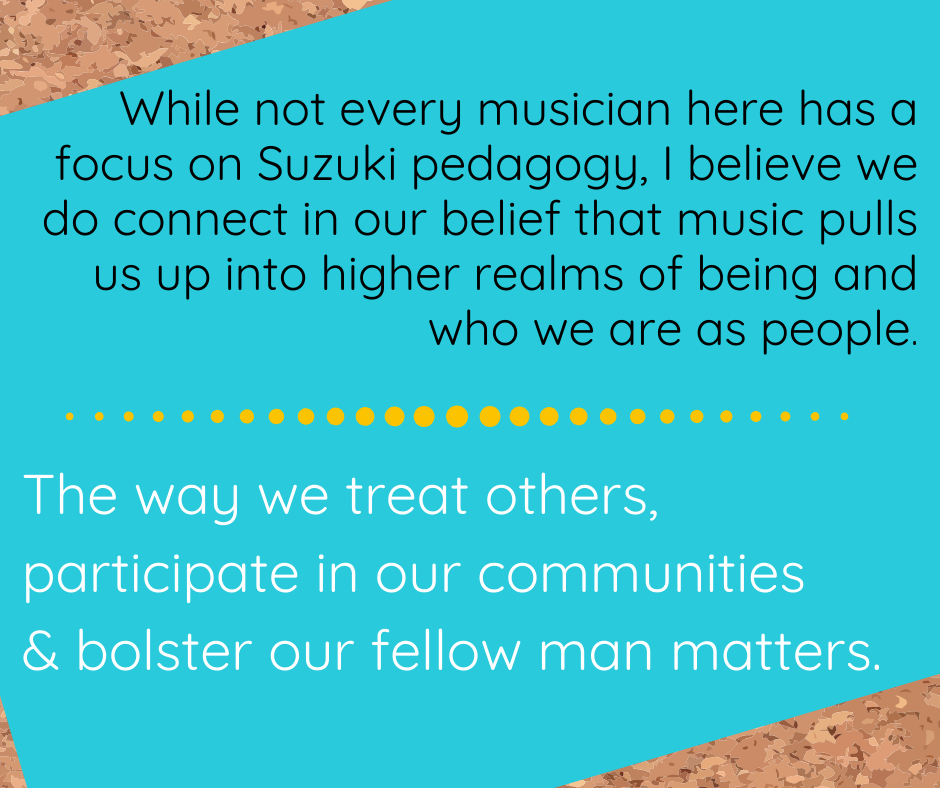
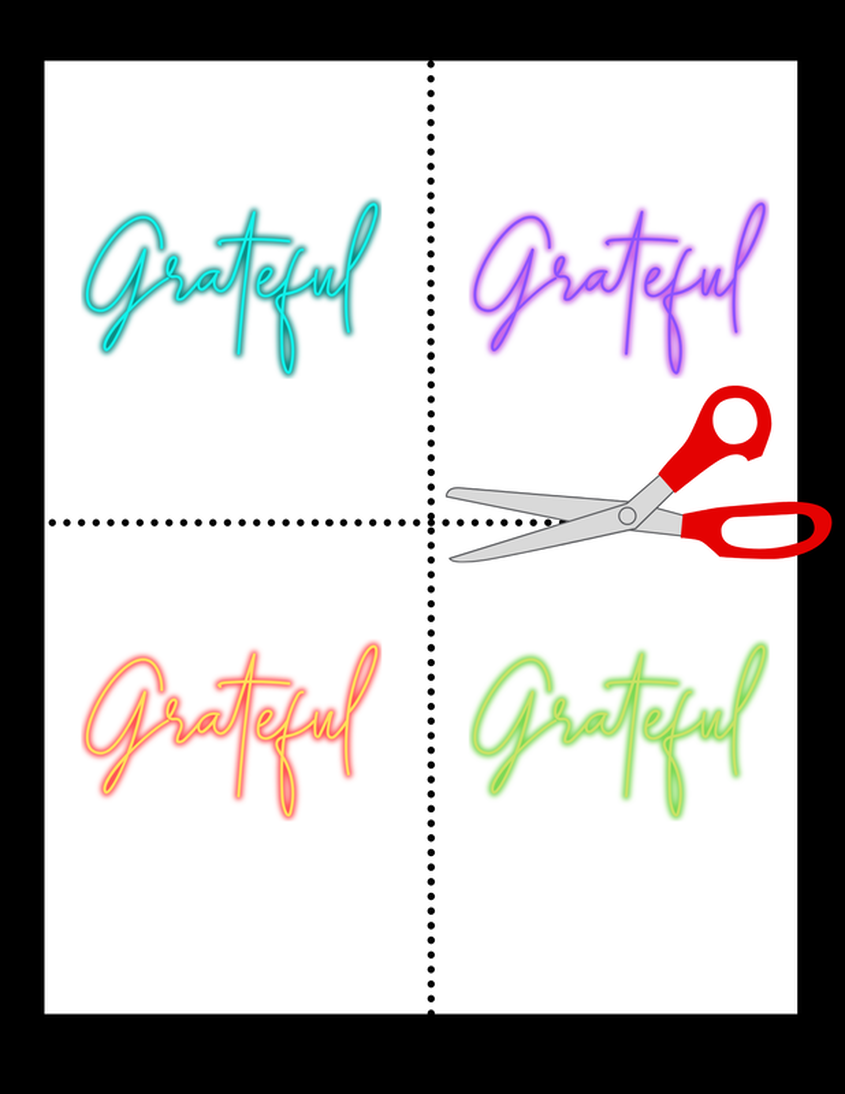
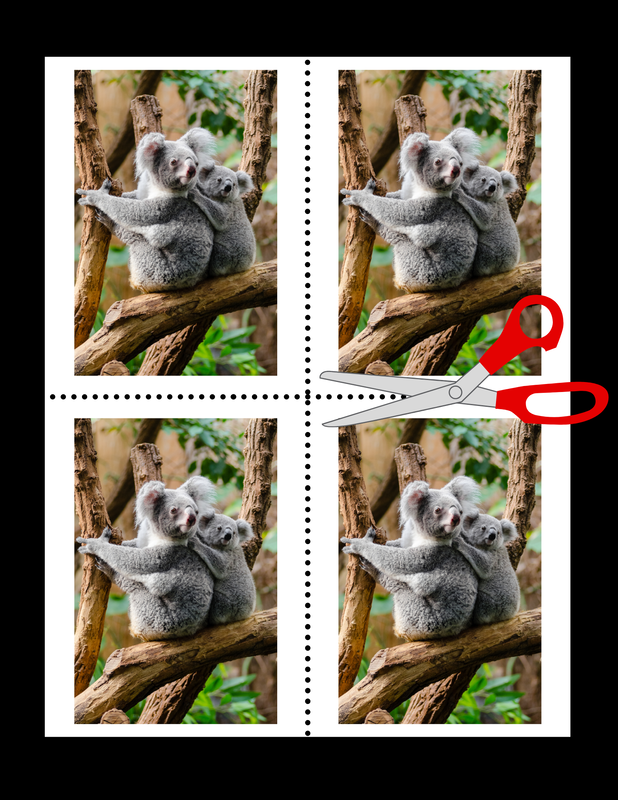
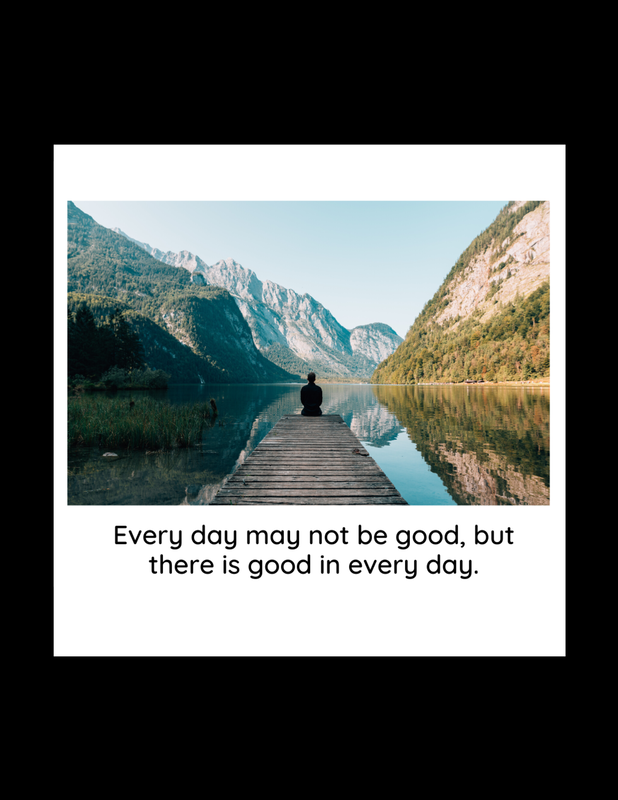
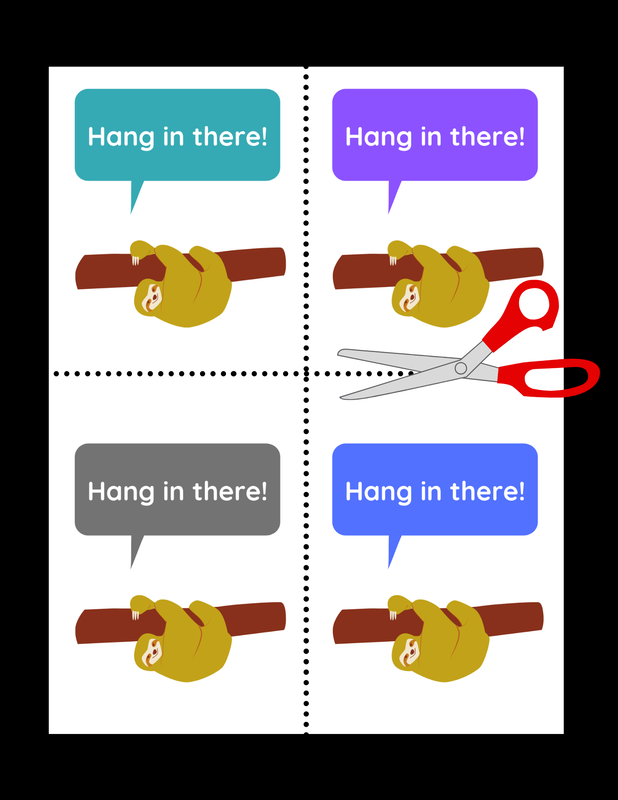
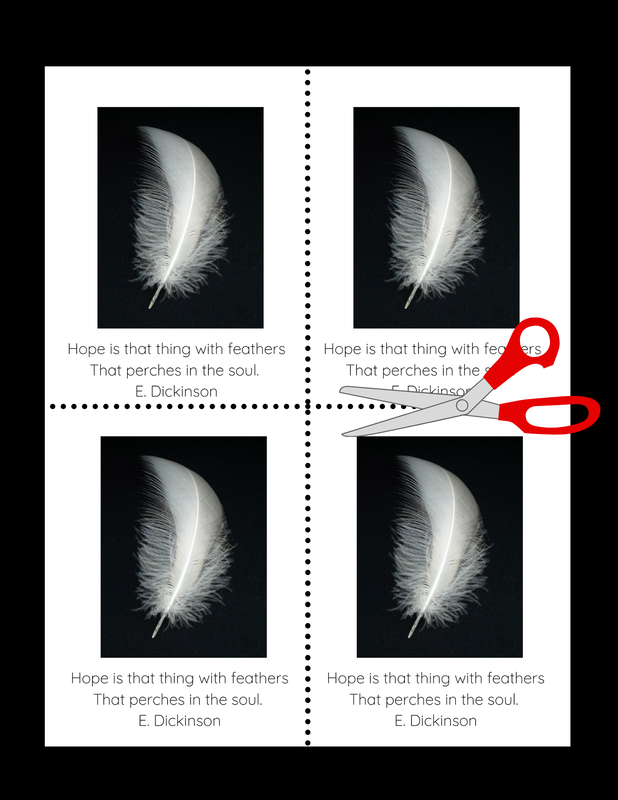

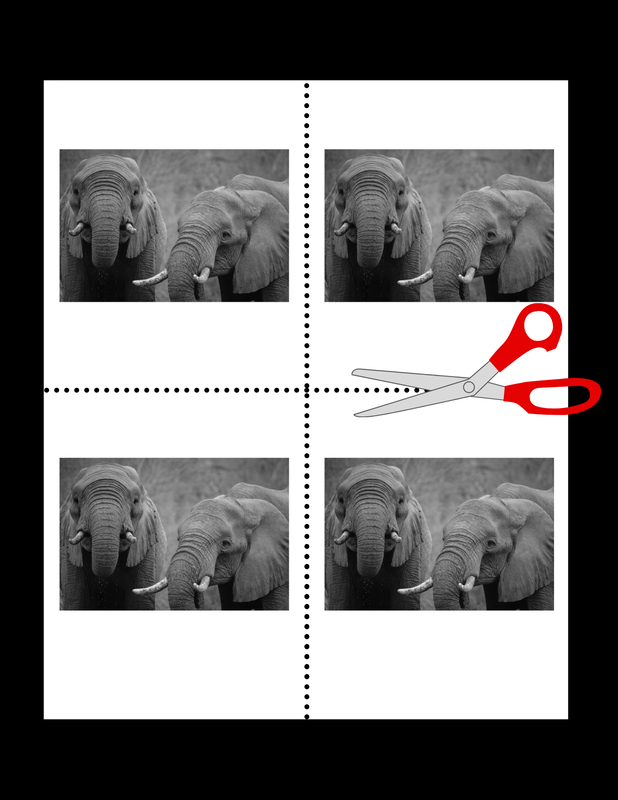
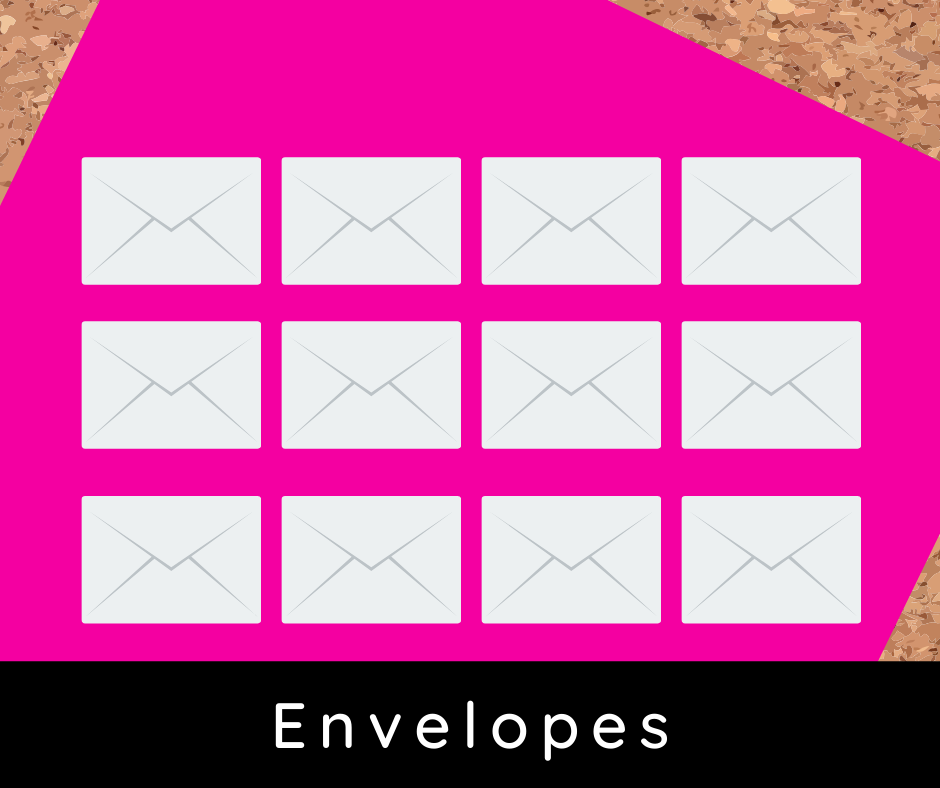
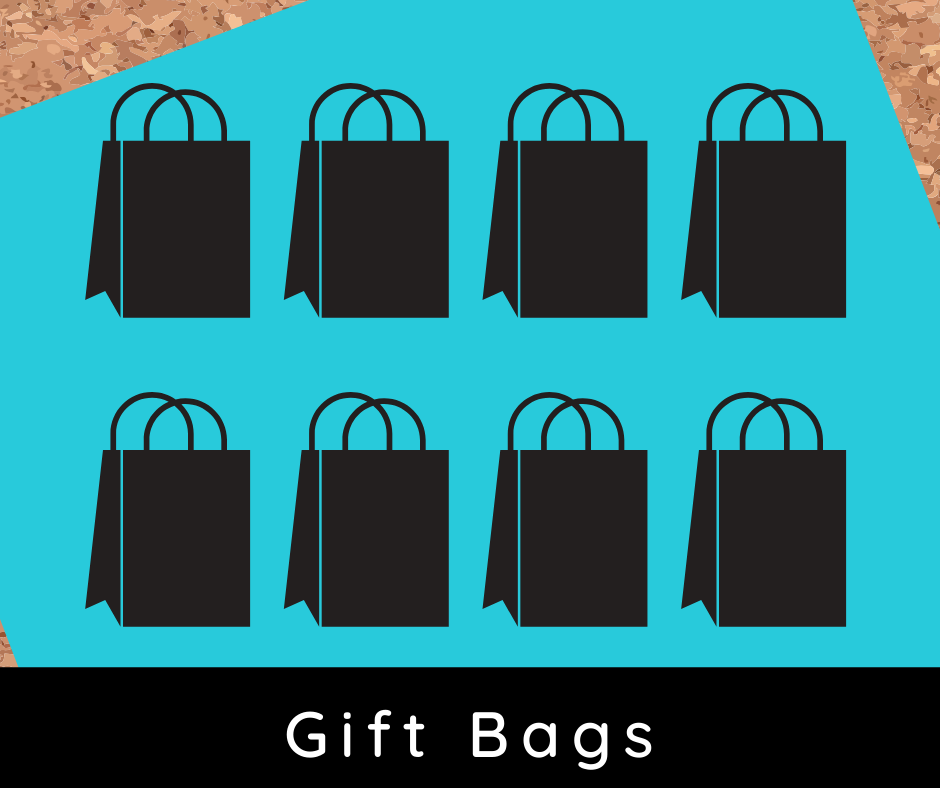
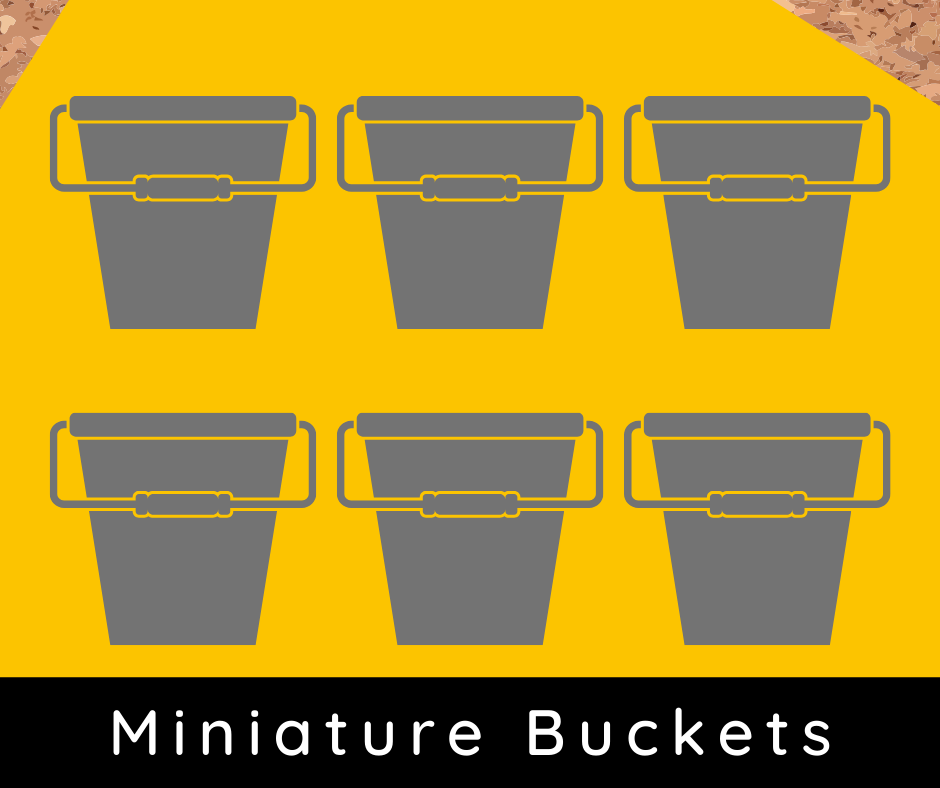
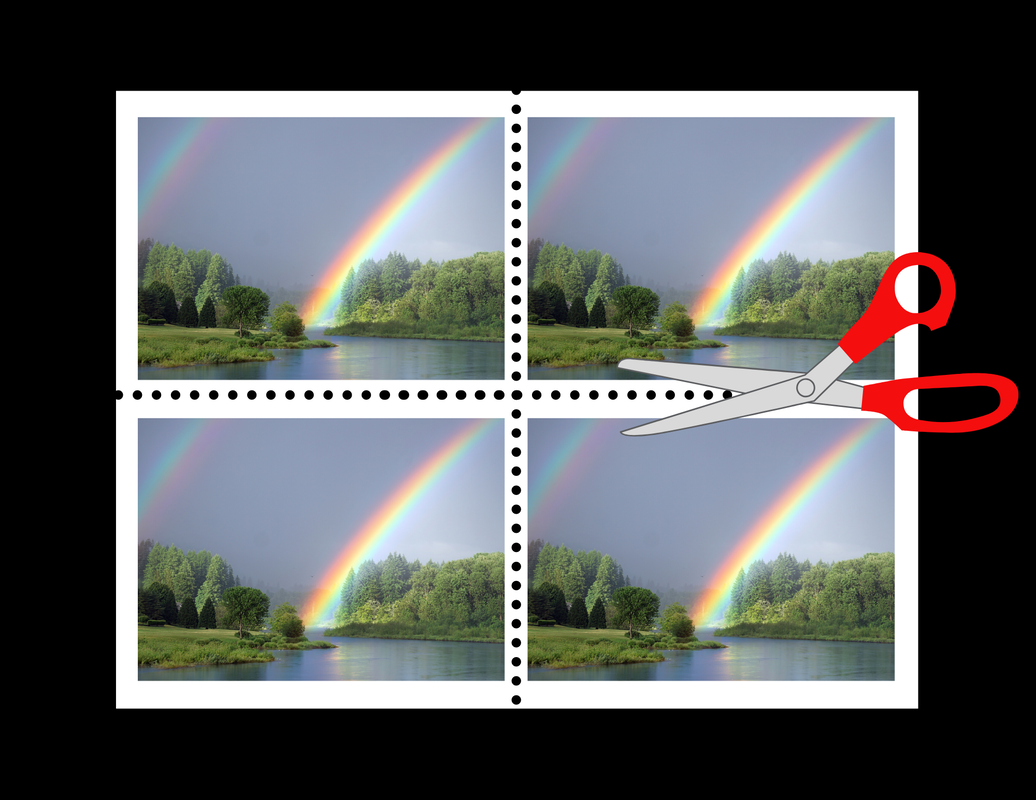
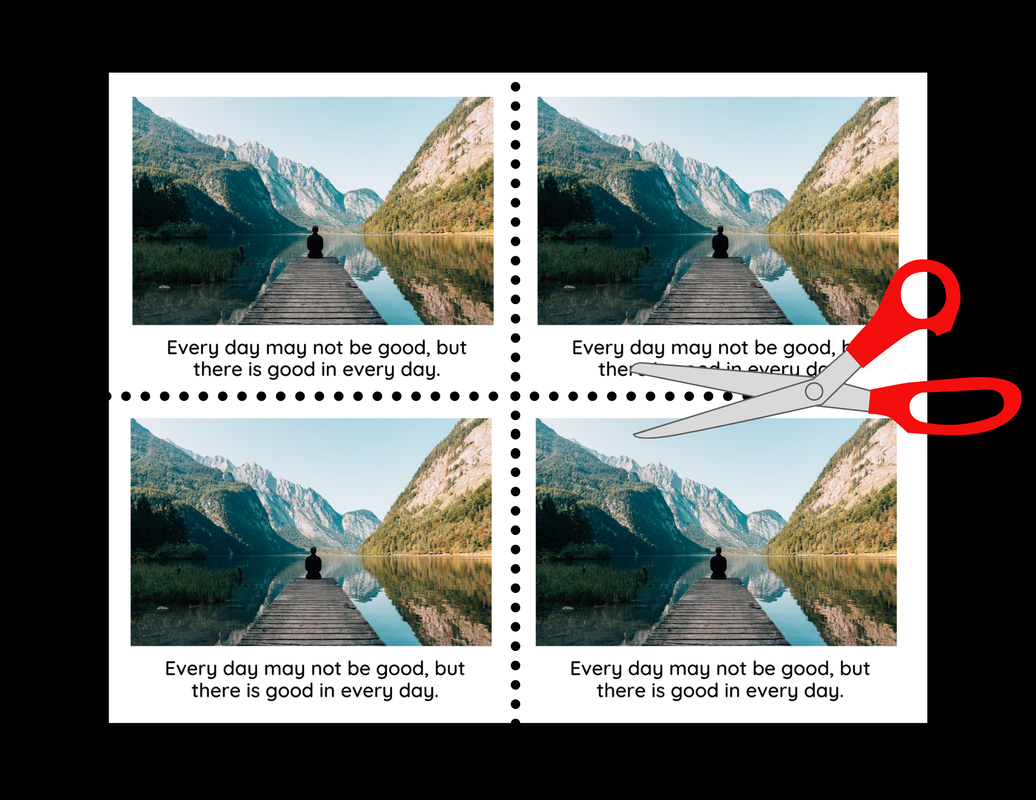
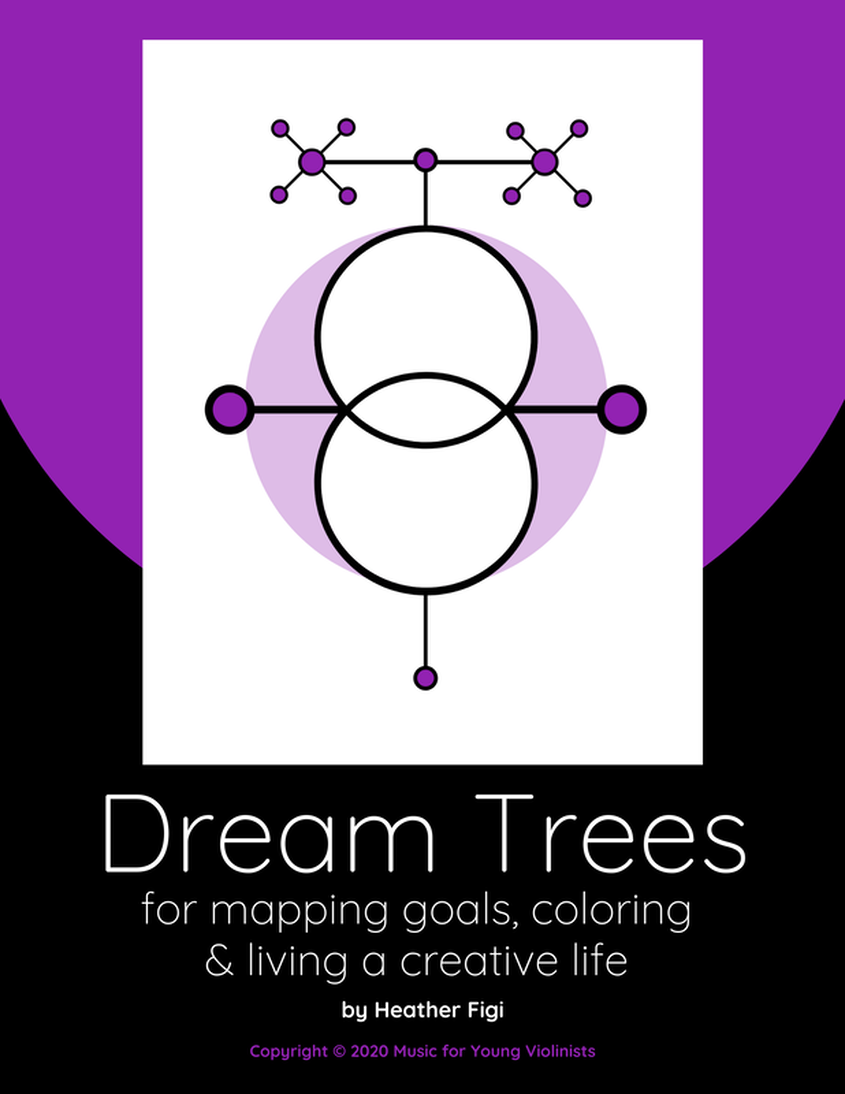
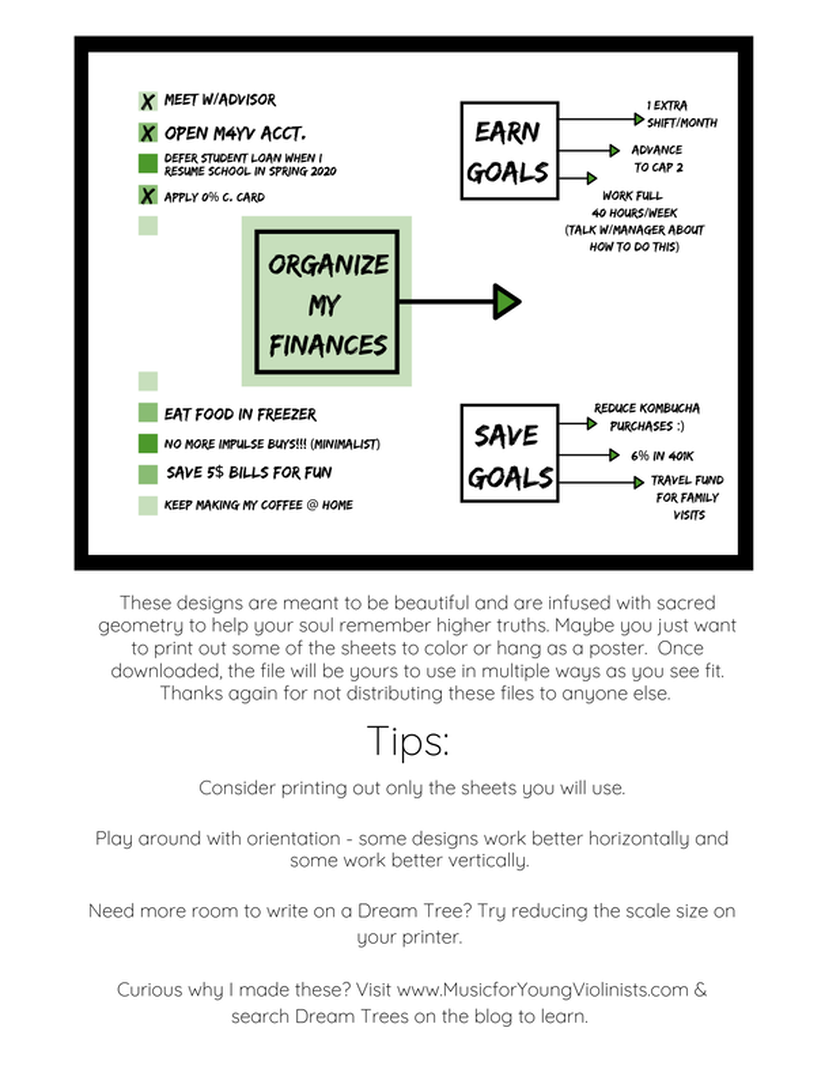
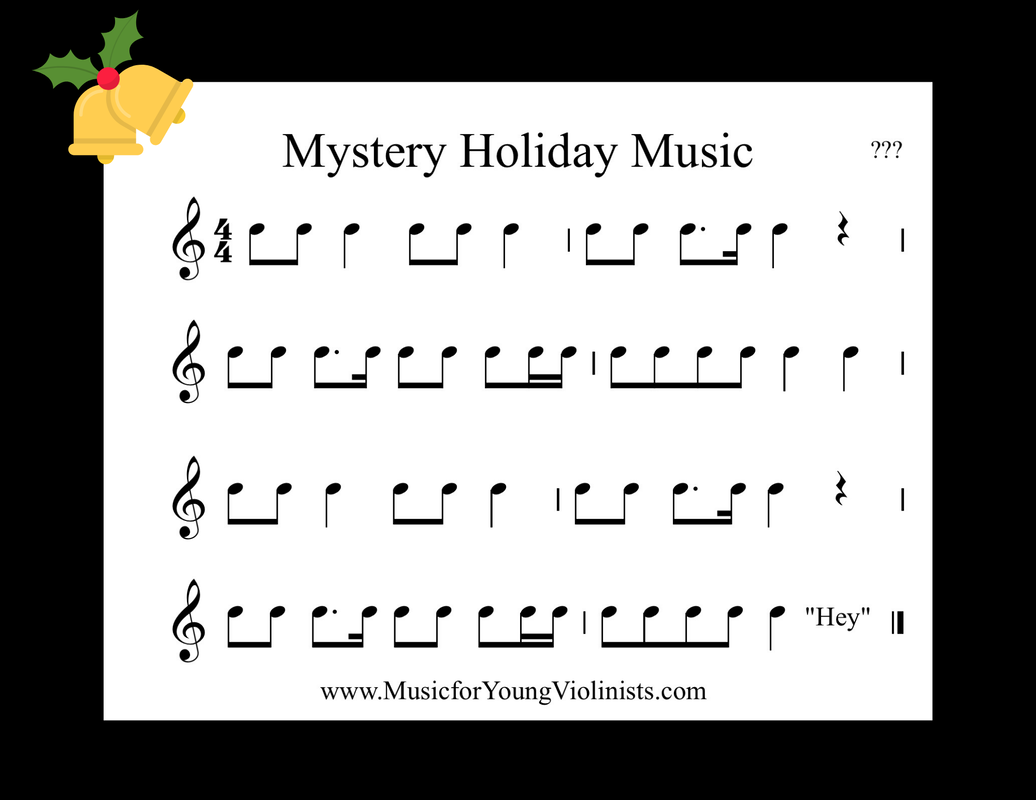
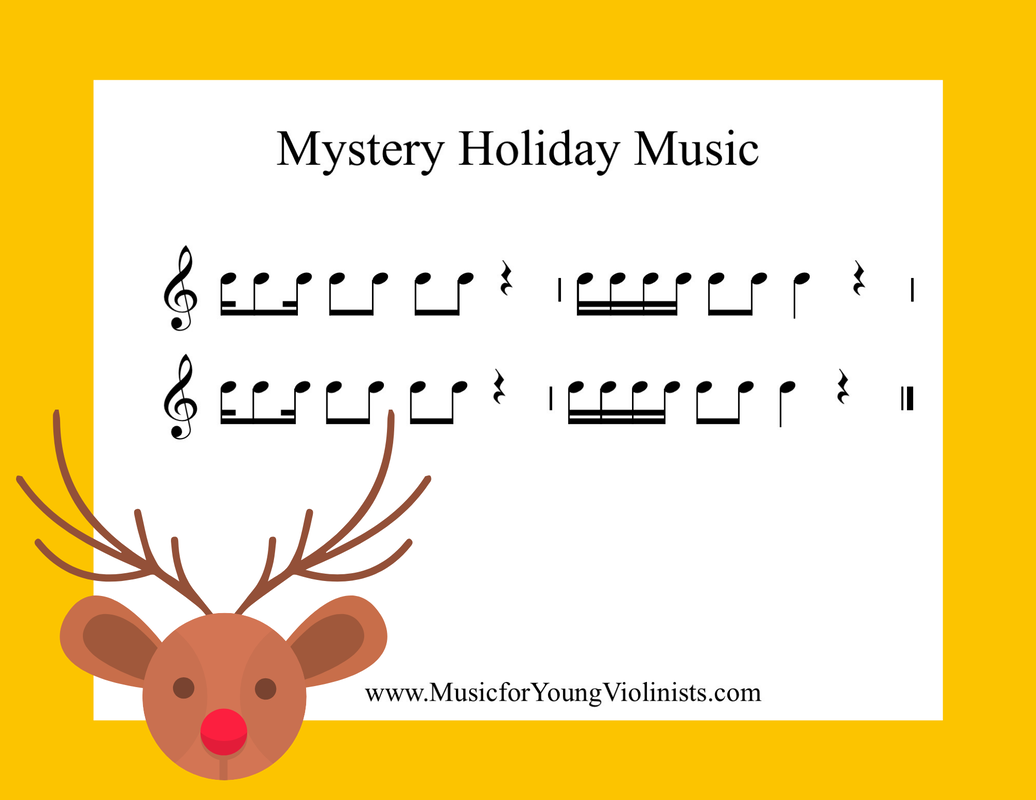
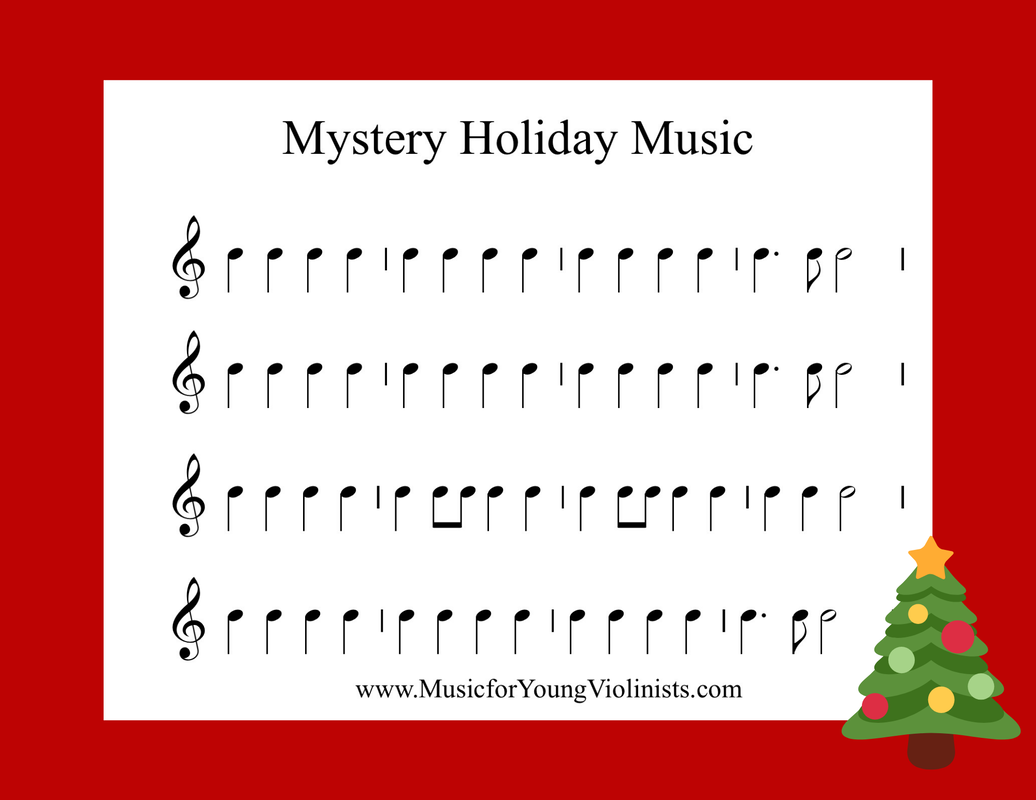
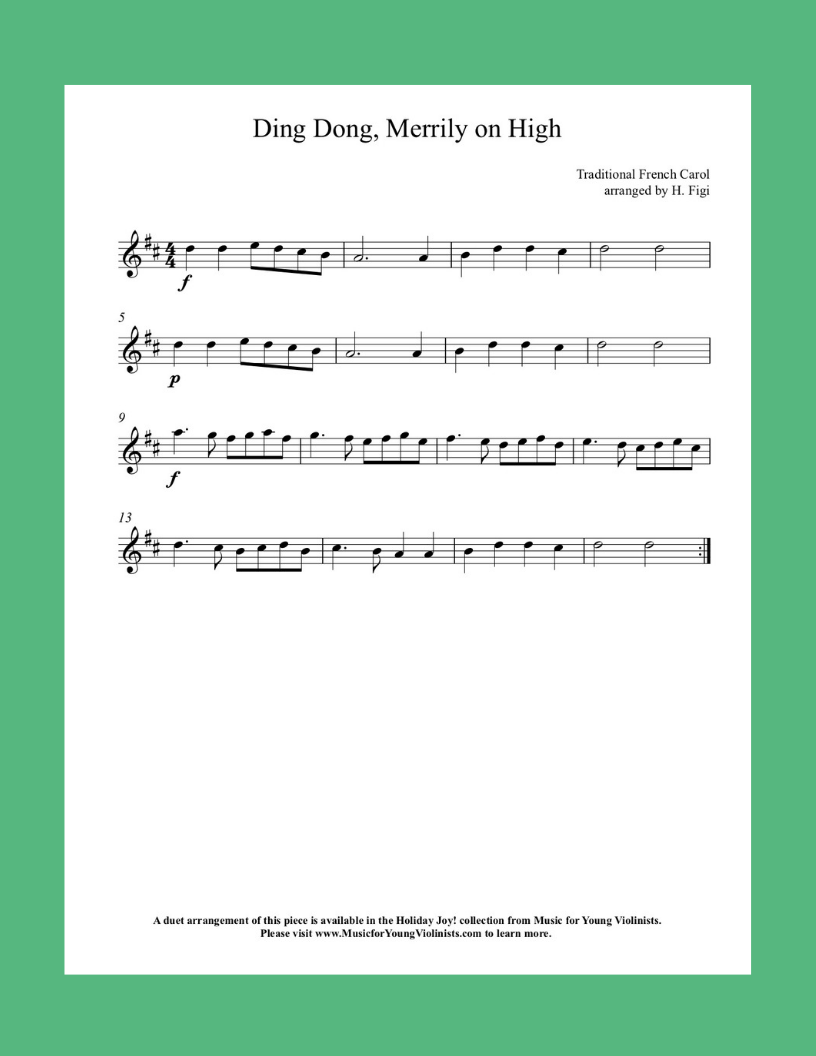
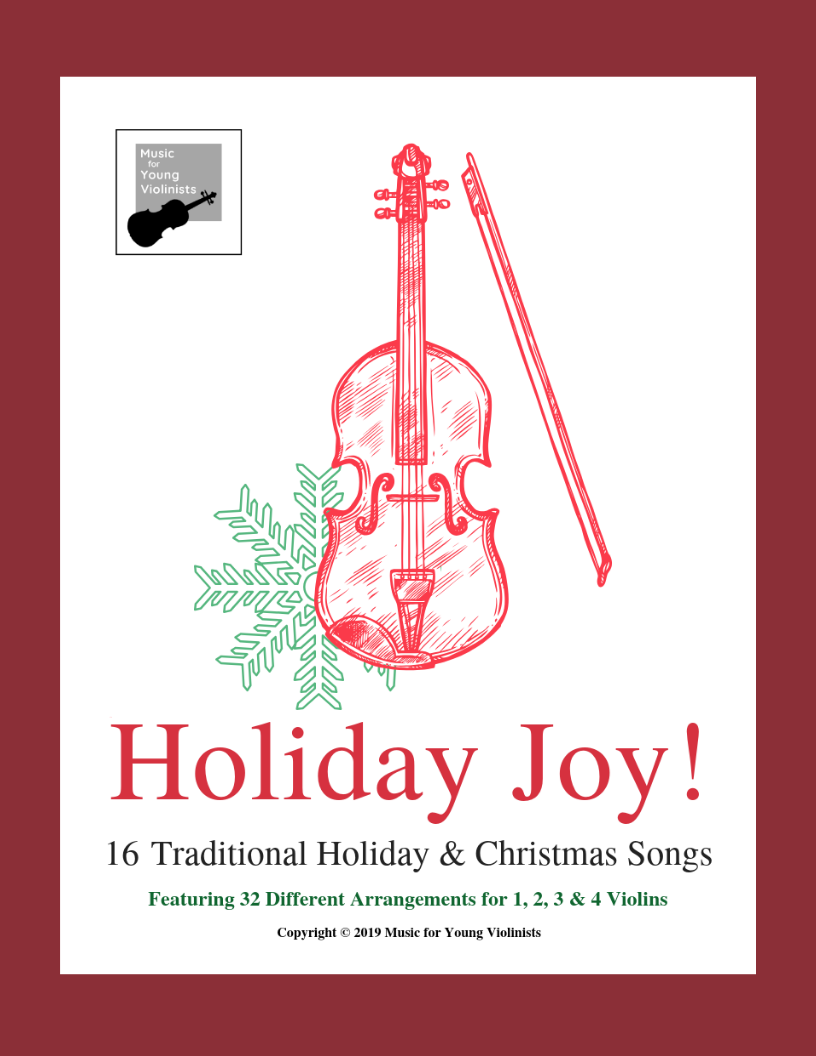
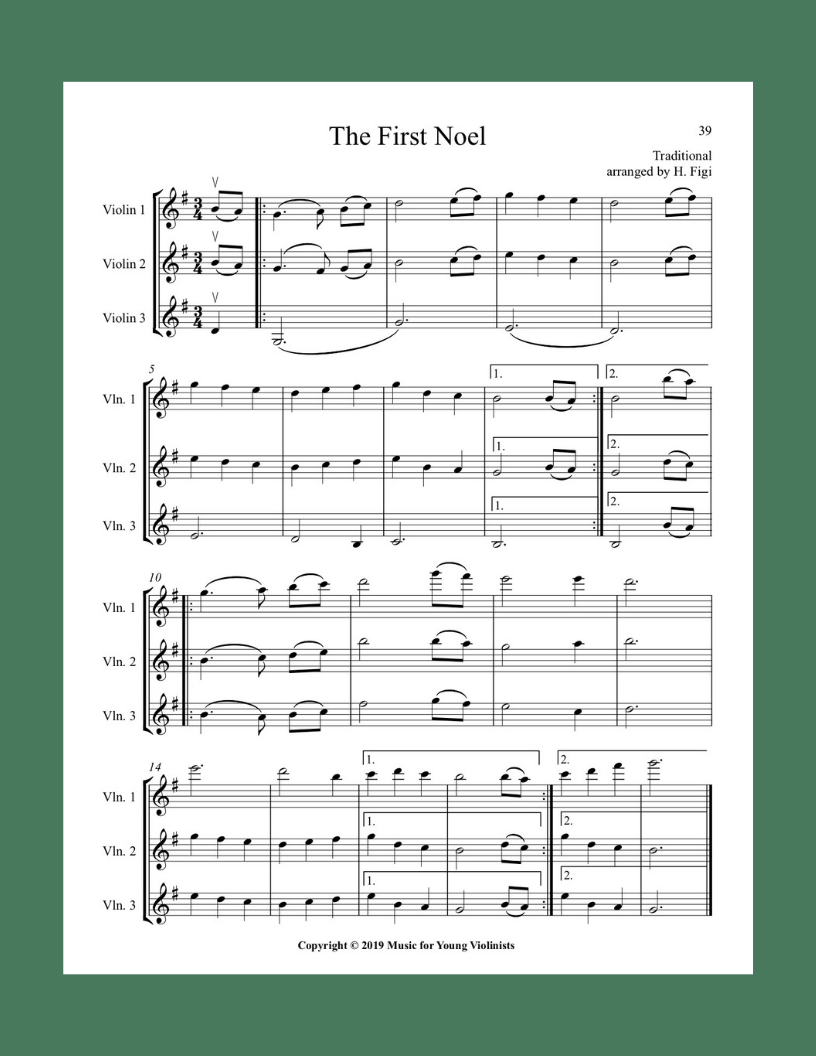
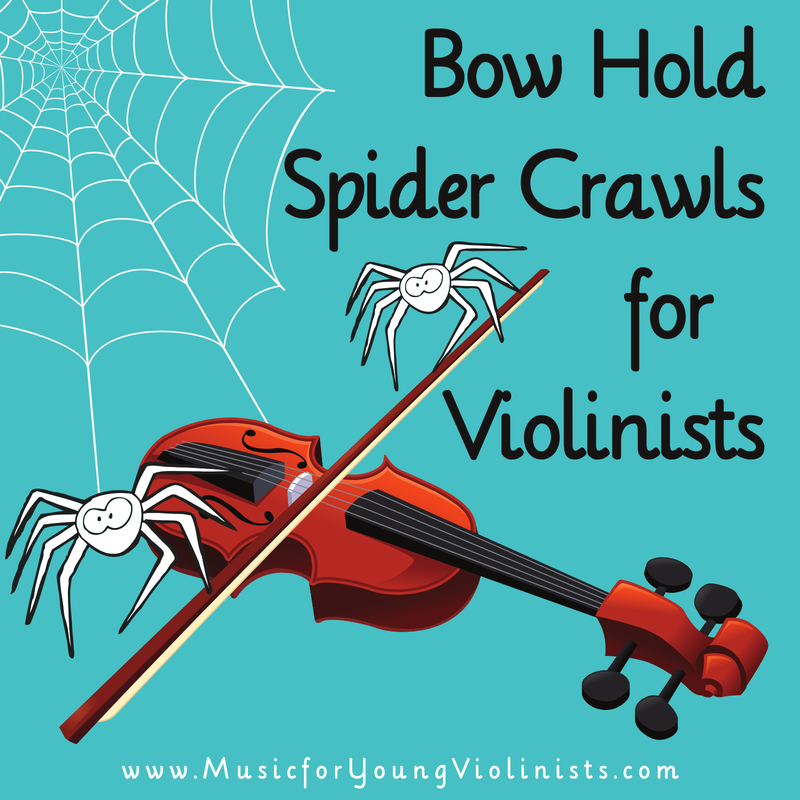
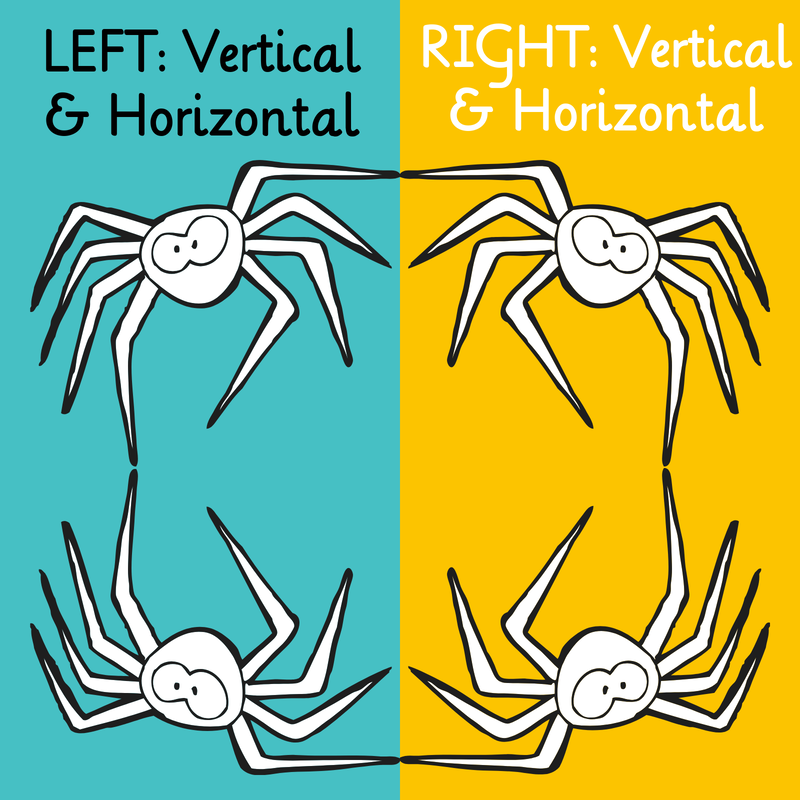

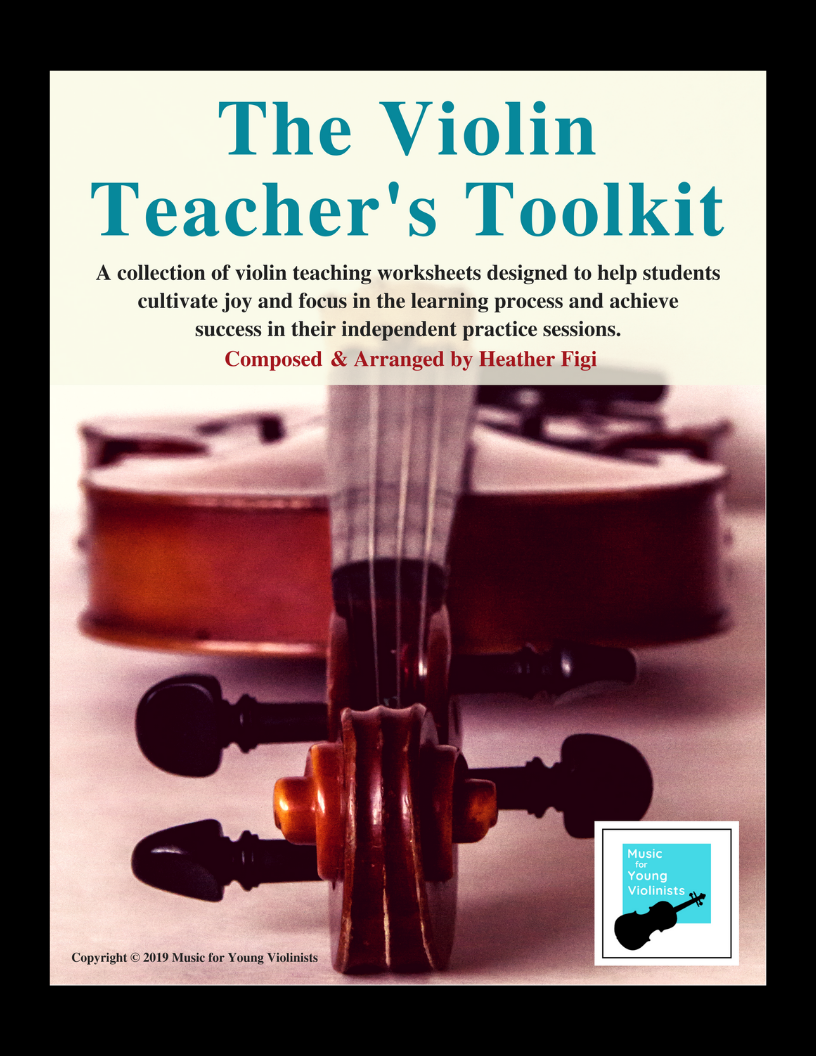
 RSS Feed
RSS Feed
